Springtails (Collembola)
Arthropoda -> Hexapoda -> Entognatha -> Collembola
Springtails are ancient (appearing in the Rynie chert), wingless, six-legged relatives of Insects, along with Protura and Diplura. Their common name refers to their unique springing organ, scientifically called a ‘furca’, which most species can use to launch themselves randomly away from danger. Springtails are a hugely diverse group of arthropods, and are probably the most colourful and charismatic of all the soil fauna. They can be found in almost all land-based habitats on Earth - from the inhospitable slopes of Mount Everest, to remote caves deep beneath the planet’s surface. Springtails are important grazers and detritivores, feeding on bacteria, slime moulds, fungal hyphae and decaying plant matter - thus helping to regulate decomposition and soil nutrient cycling. I could go on and on about how great they are, but honestly if you want to be convinced that Collembola are simply the best animals ever, I would recommend checking out this compelling blog post by my friend and macrophotography mentor Andy Murray - he’s simply obsessed with them, and who could blame him. I’ve split my photos below into to the four main Orders of Collembola
‘Globular’ Springtails (Symphypleona)
The globular springtails (Symphypleona) are probably the most distinctive of the springtails, with a charmingly spherical body (their abdominal and thoracic segments are fused) which is often colourful and patterned. Symphypleona are mainly surface-dwellers, living in decaying plant material and on vegetation, and make good use of their springing organs (some wonderful slow-motion footage of them launching to the heavens has been captured by Dr Adrian Smith (@DrAdrianSmith on Twitter), available on YouTube here). They are easily the most photographic of the springtails, and sometimes they even seem happy to pose for some snaps.

Calvatomina superba (Victoria Park, NZ)
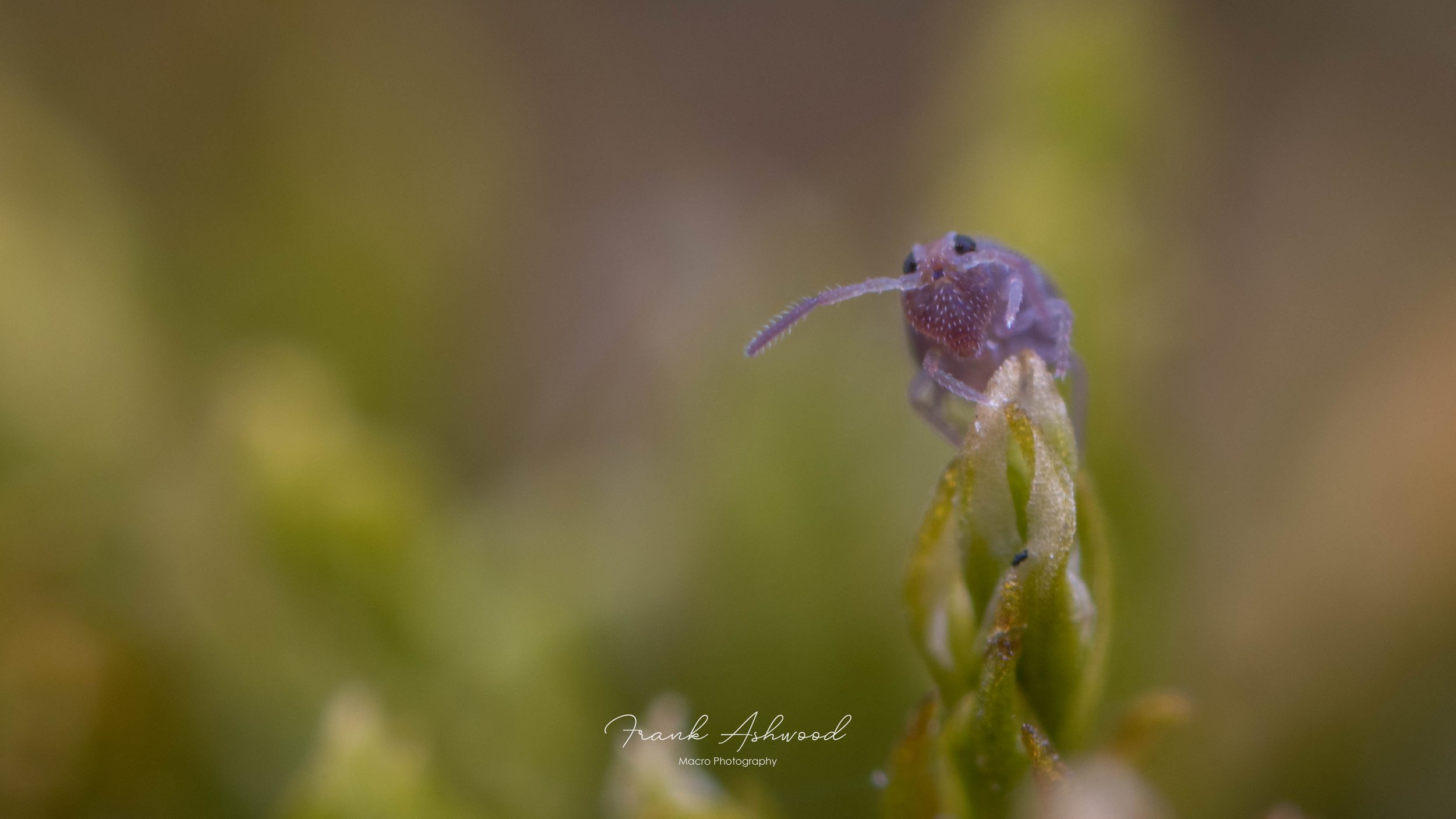
Stenacidia violacea (female)

Dicyrtomina saundersi pre-jump
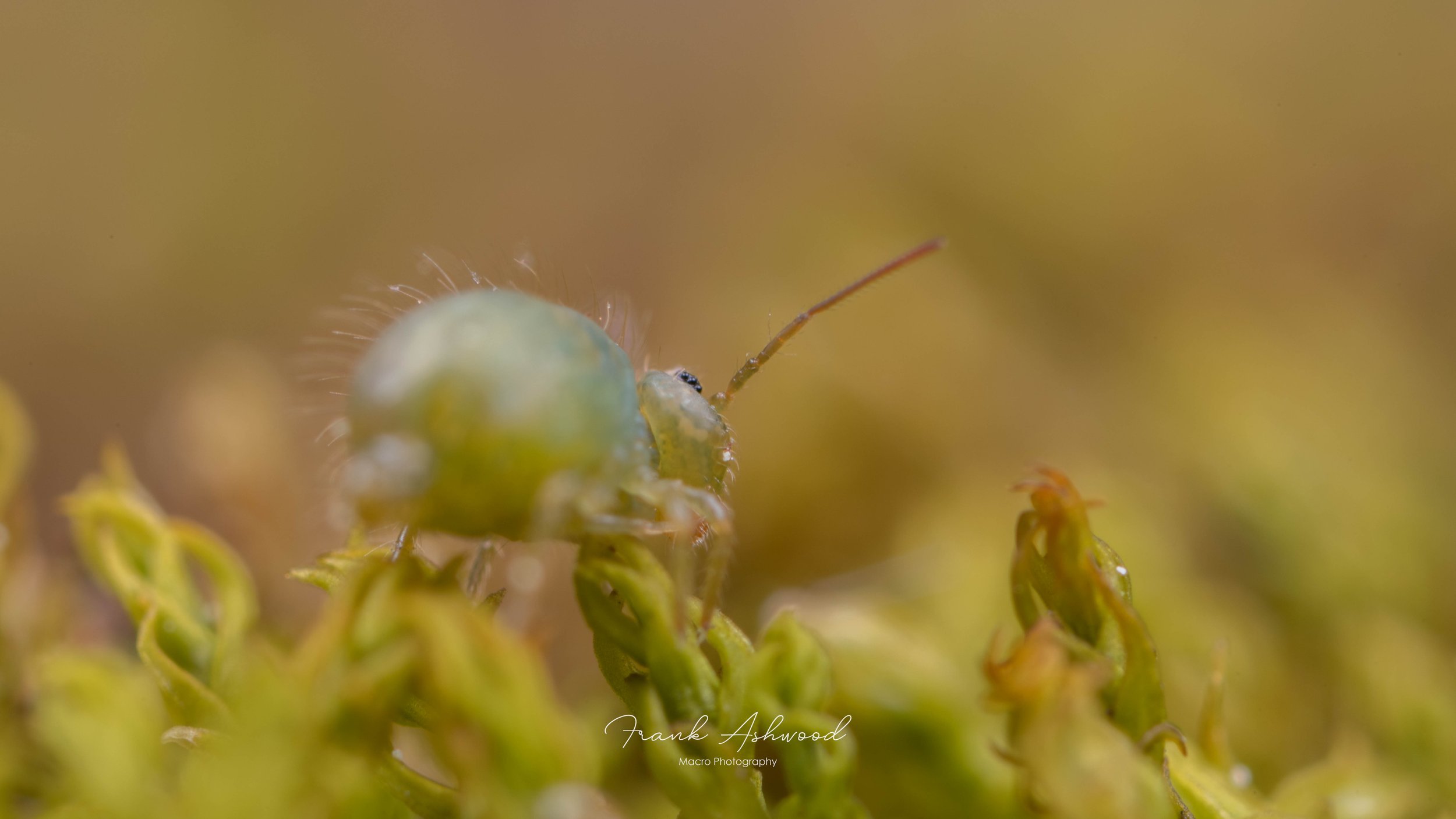
Sminthurus viridis
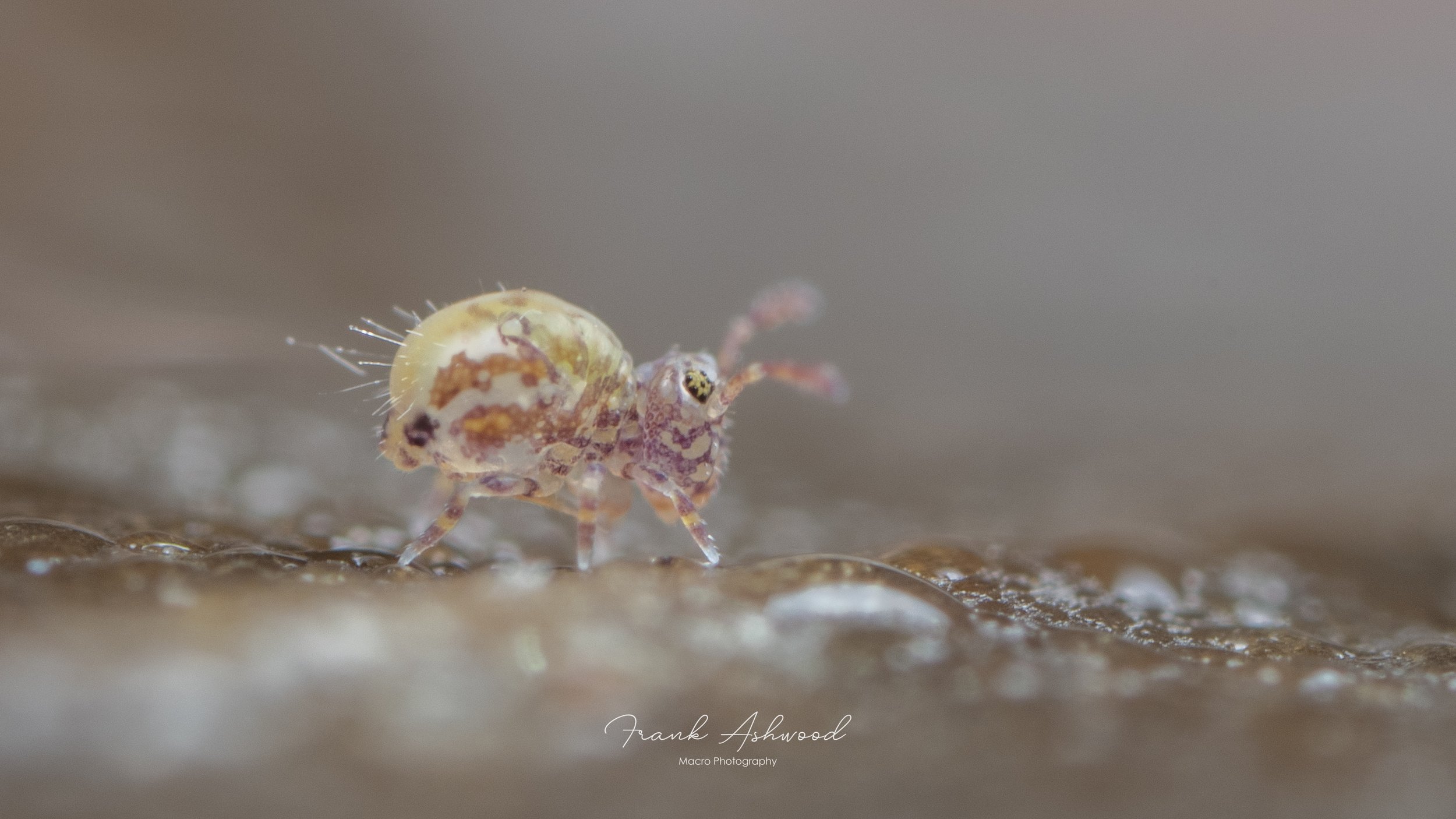
Juvenile Calvatomina superba (Victoria Park, NZ)
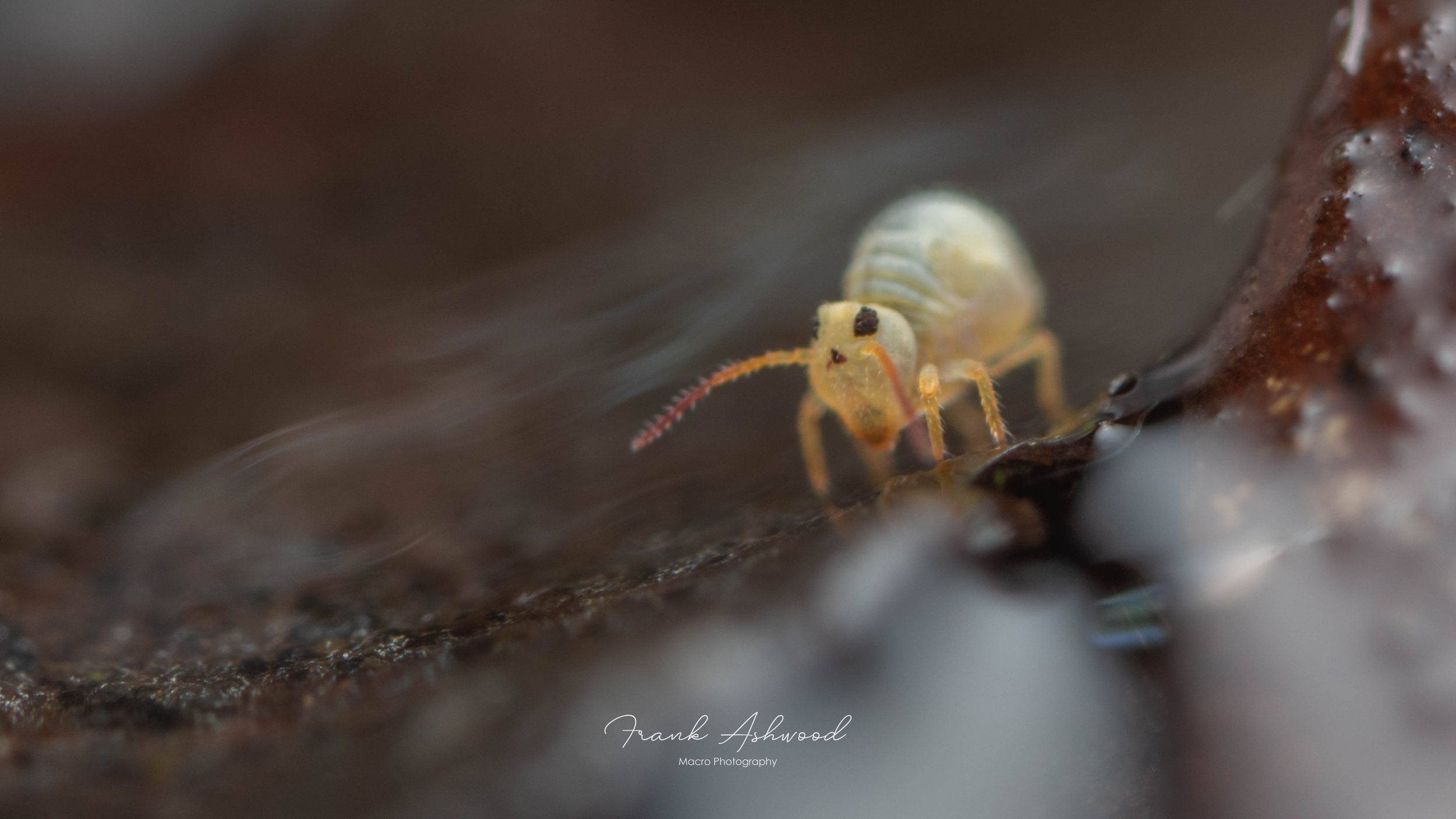
Sminthurides aquaticus

Allacma fusca with collophore everted (on my hand)

Arrhopalites pygmaeus

Dicyrtoma fusca

Dicyrtomina saundersi admiring spermatophore

Dicyrtomina saundersi

Sphaeridia pumilis

Sminthurides malmgreni

Allacma fusca on moss leaves

Dicyrtomina saundersi

Dicyrtomina saundersi

Springtail spermatophore

Adult Parakatianna sp. / Katiannidae genus nov. sp. nov. 2

Juvenile Parakatianna sp. / Katiannidae genus nov. sp. nov. 2
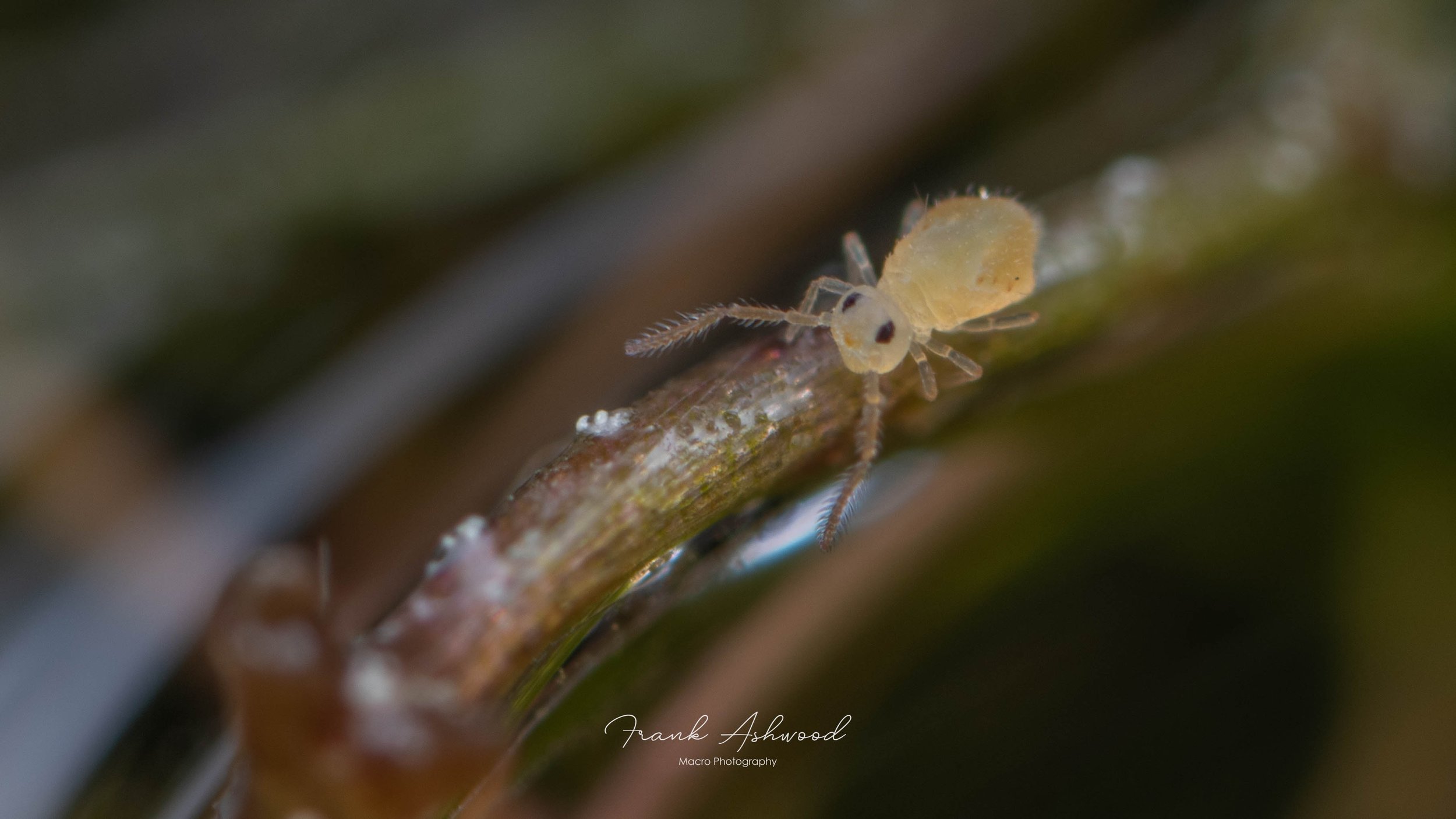
Deuterosminthurus pallipes (male)
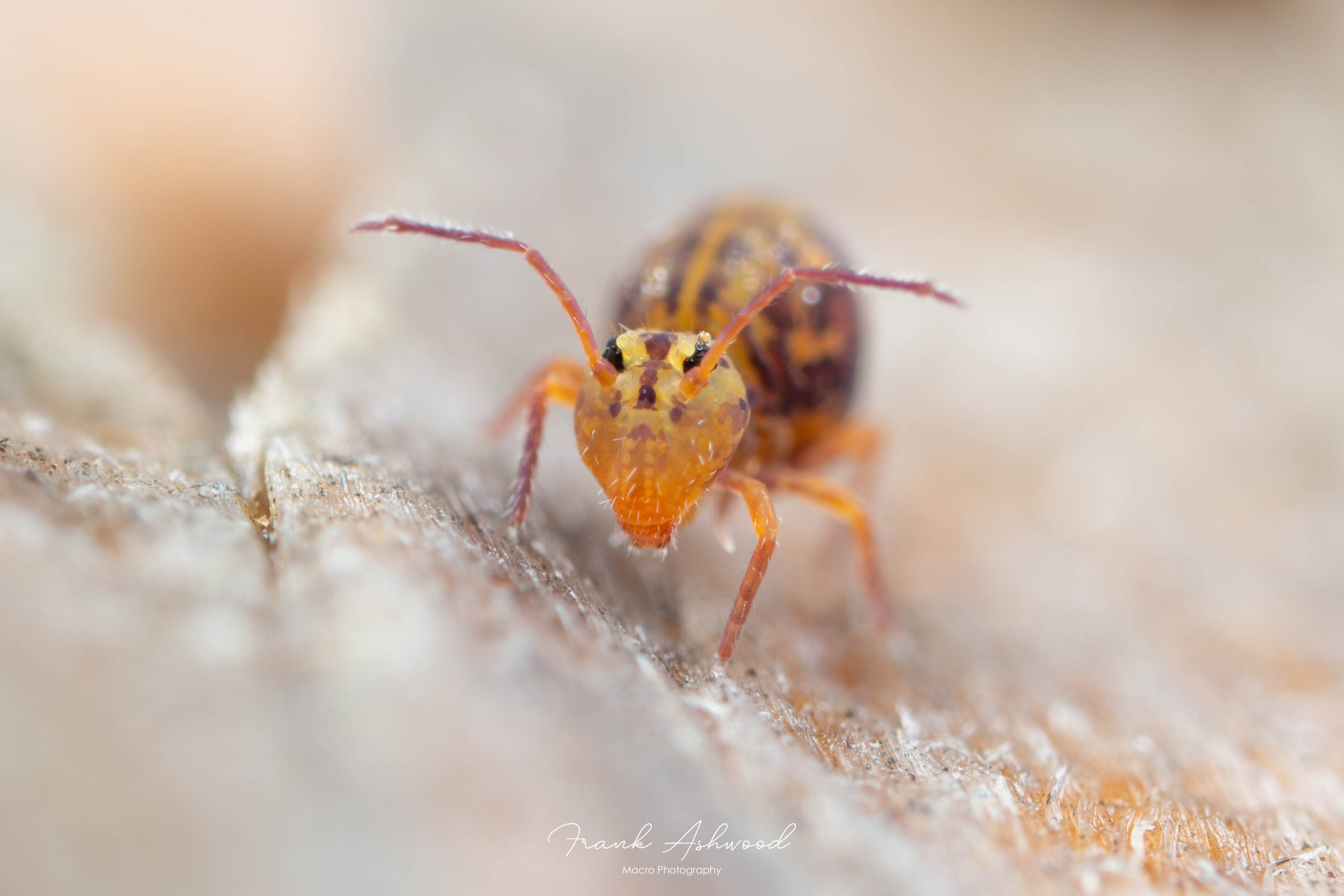
Dicyrtomina saundersi

Sphaeridia pumilis
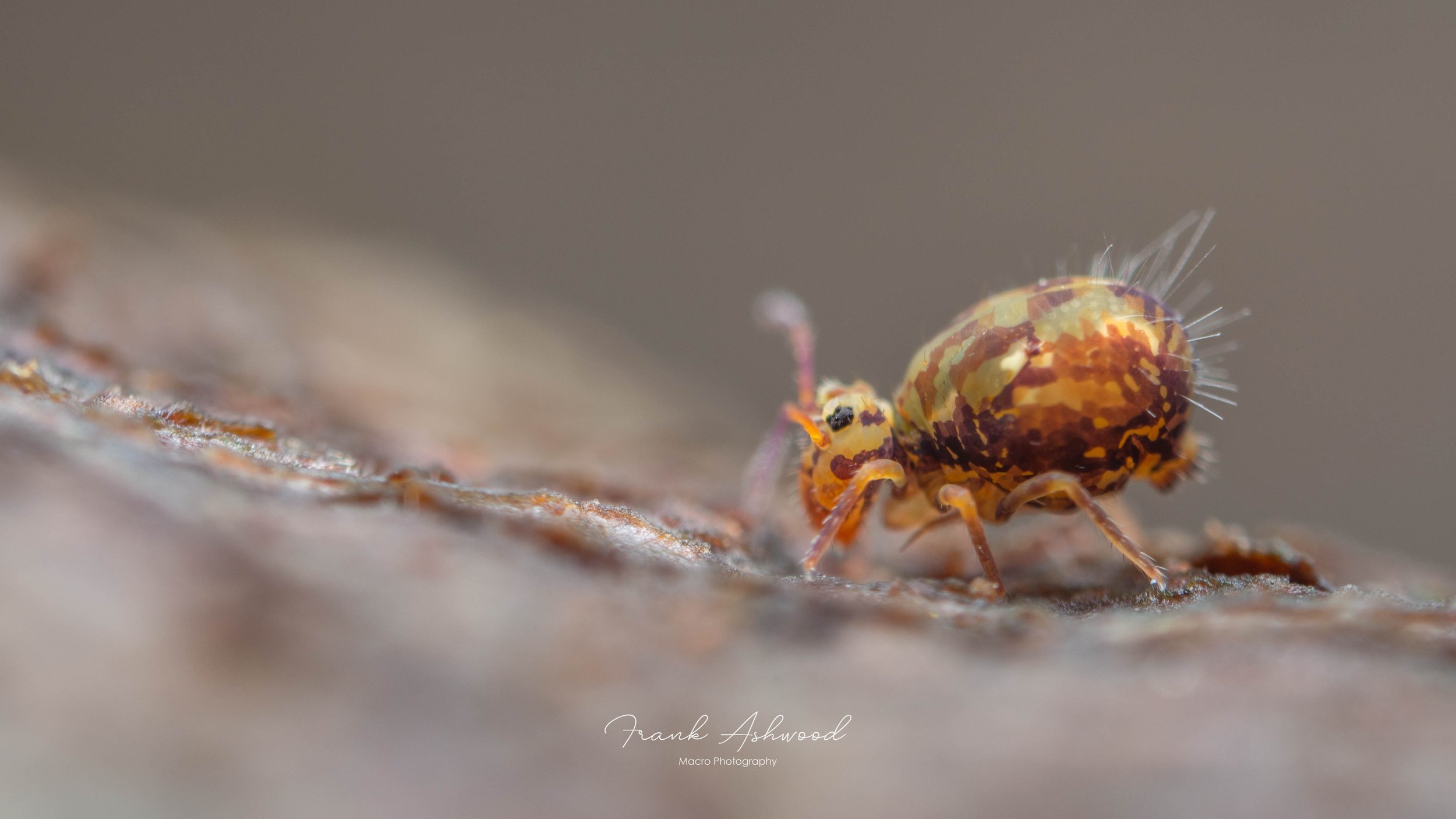
Dicyrtomina saundersi


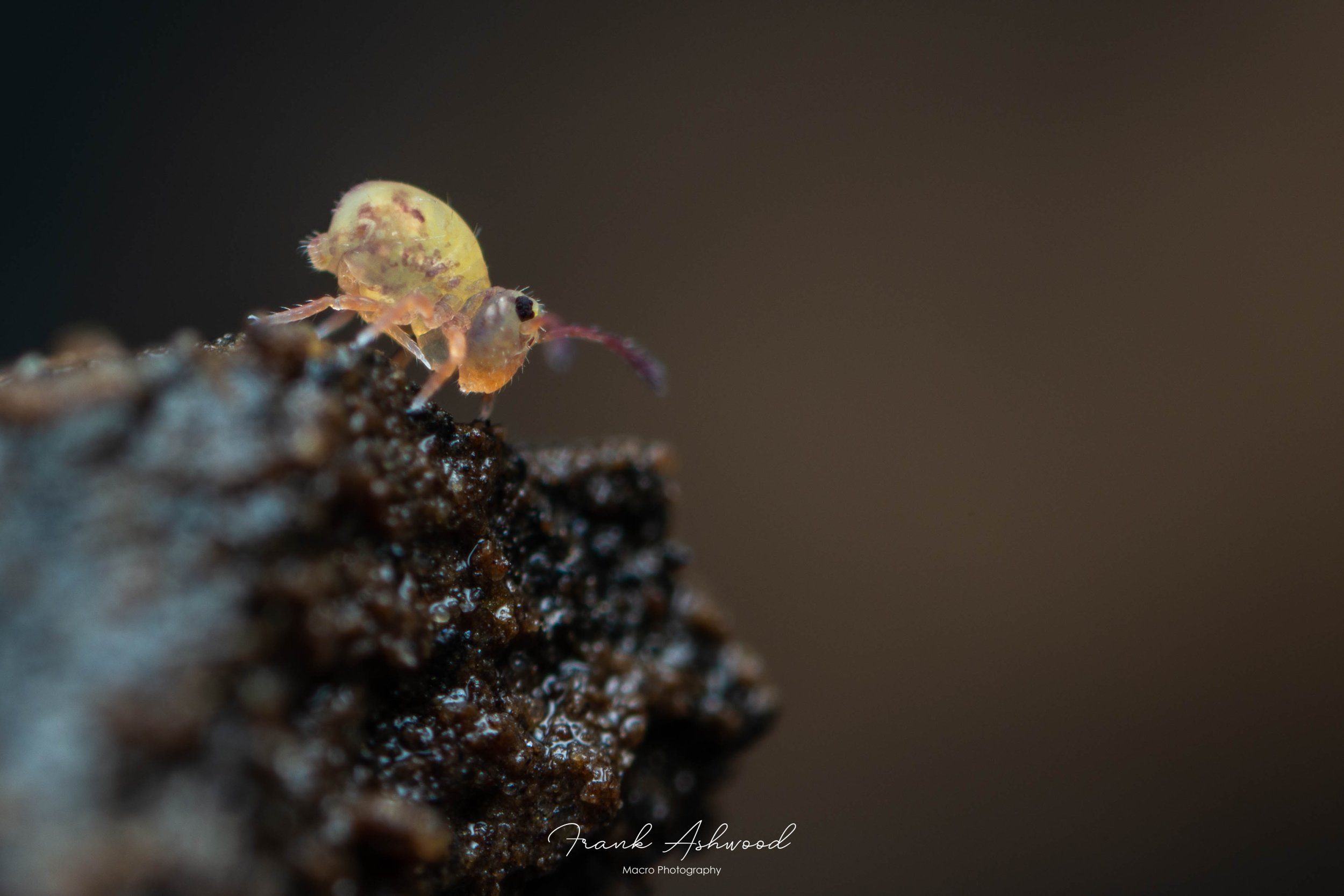

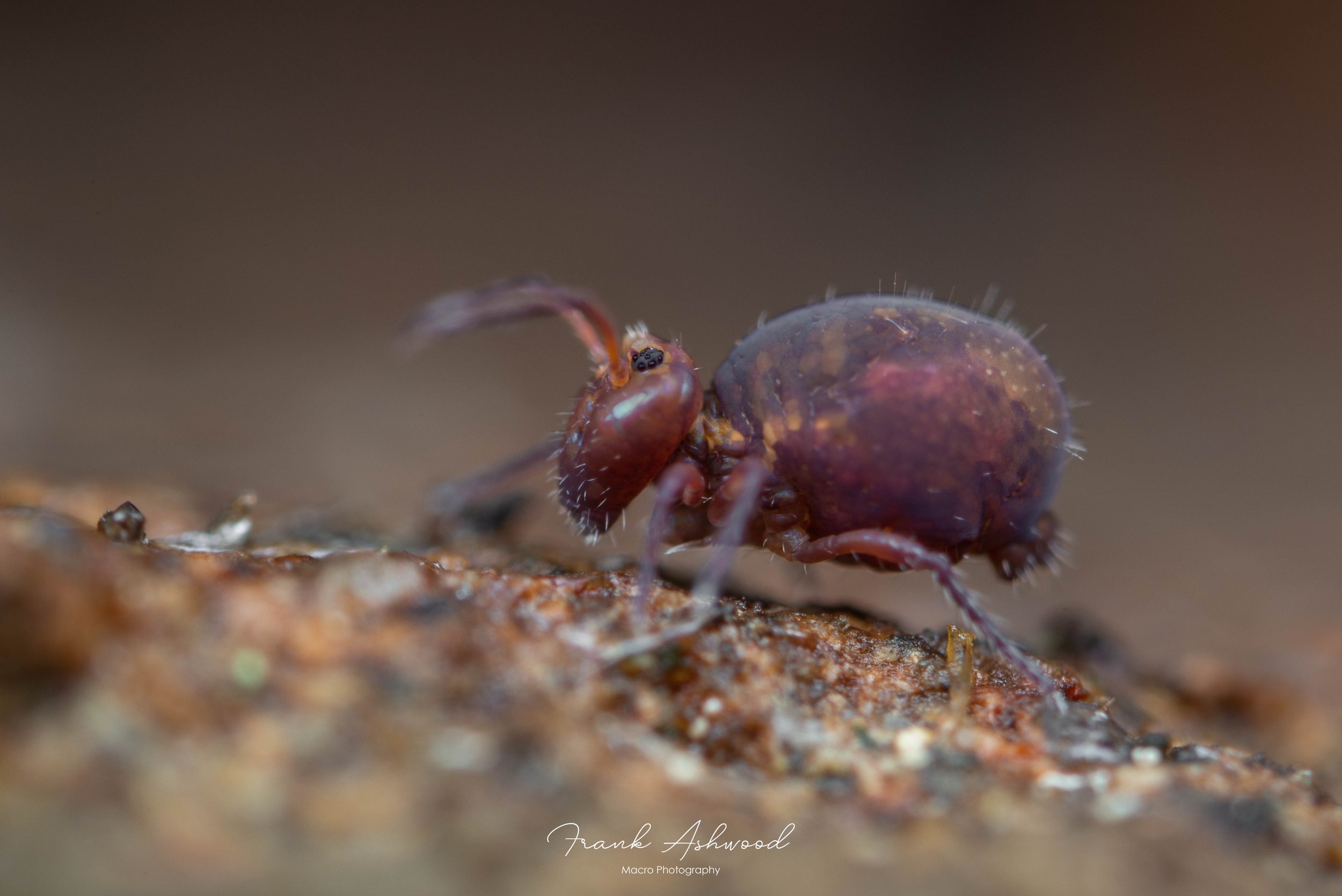


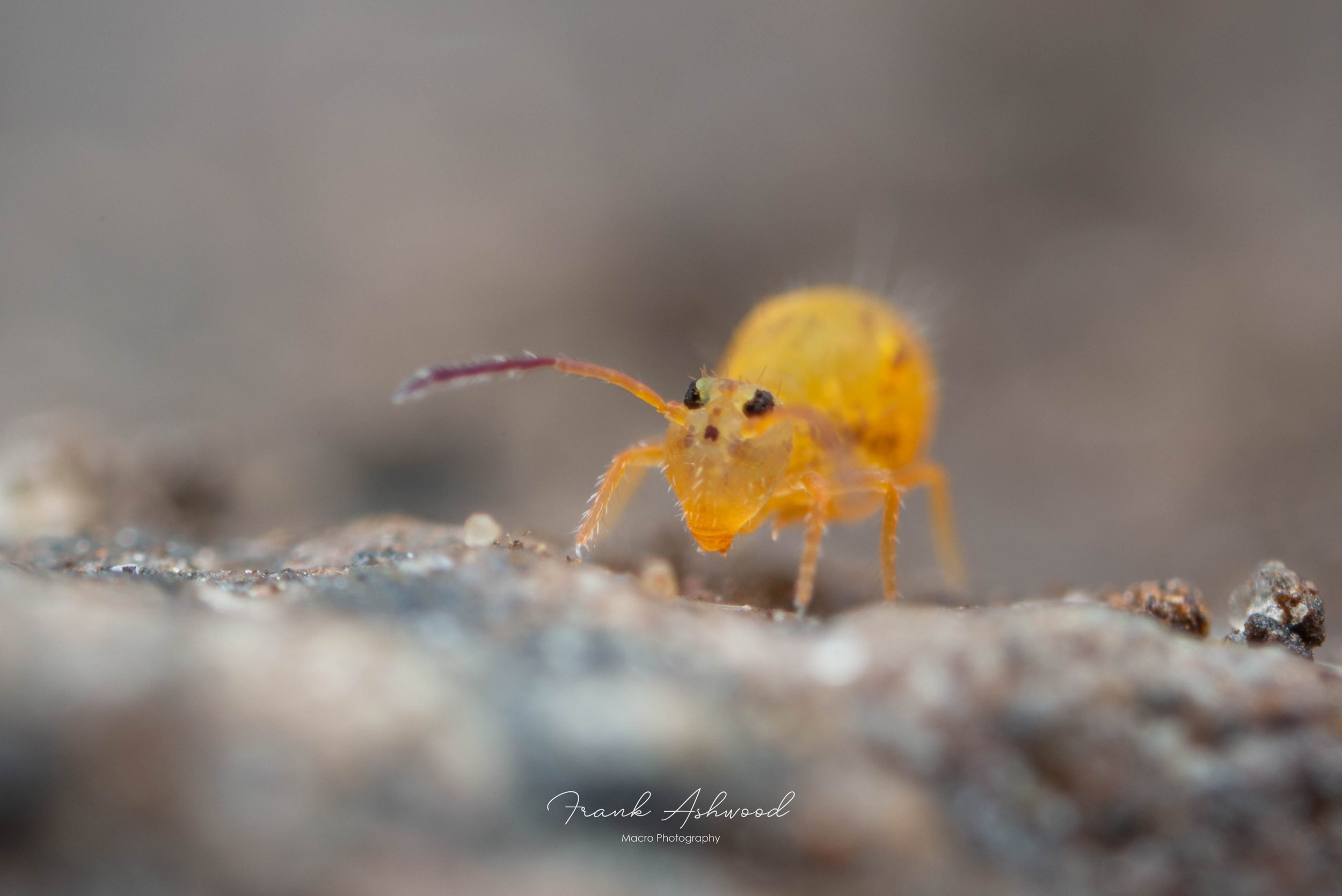
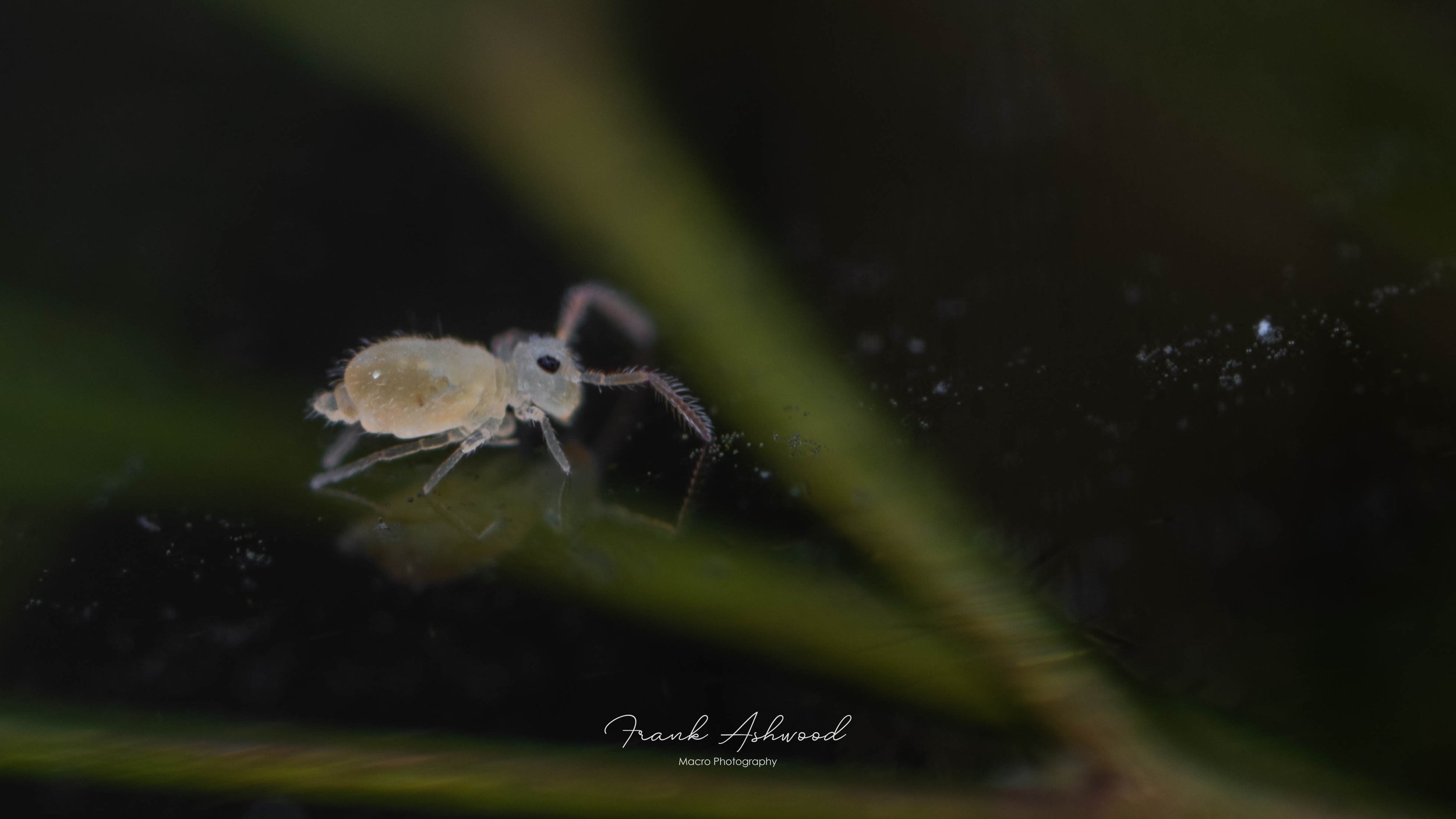
Deuterosminthurus pallipes (male)

‘Slender’ Springtails (Entomobryomorpha)
Probably what you’d consider a ‘typical’ springtail, the order Entomobryomorpha contains some of the most common and widespread species. They are characterised by having elongated bodies, with clear separation between the abdomen and thorax, and are often covered in setae or scales. Many species live above-ground, and have well-developed eyes and attractive patterning; however there also a lot of soil and litter-dwelling species which lack pigmentation and eyes completely. Most species have a well-developed furca and are capable of springing when disturbed, so exercise care and patience if you try to sneak up on them for a closer look!

Urewera sp.

Tomocerus sp. preparing to moult (note yellow cuticle with missing scales)


Orchesella cinta on moss stalk (9 image stack)

Tomocerus sp.

Lepidocyrtus sp. on white cup fungi

Lepidocyrtus sp
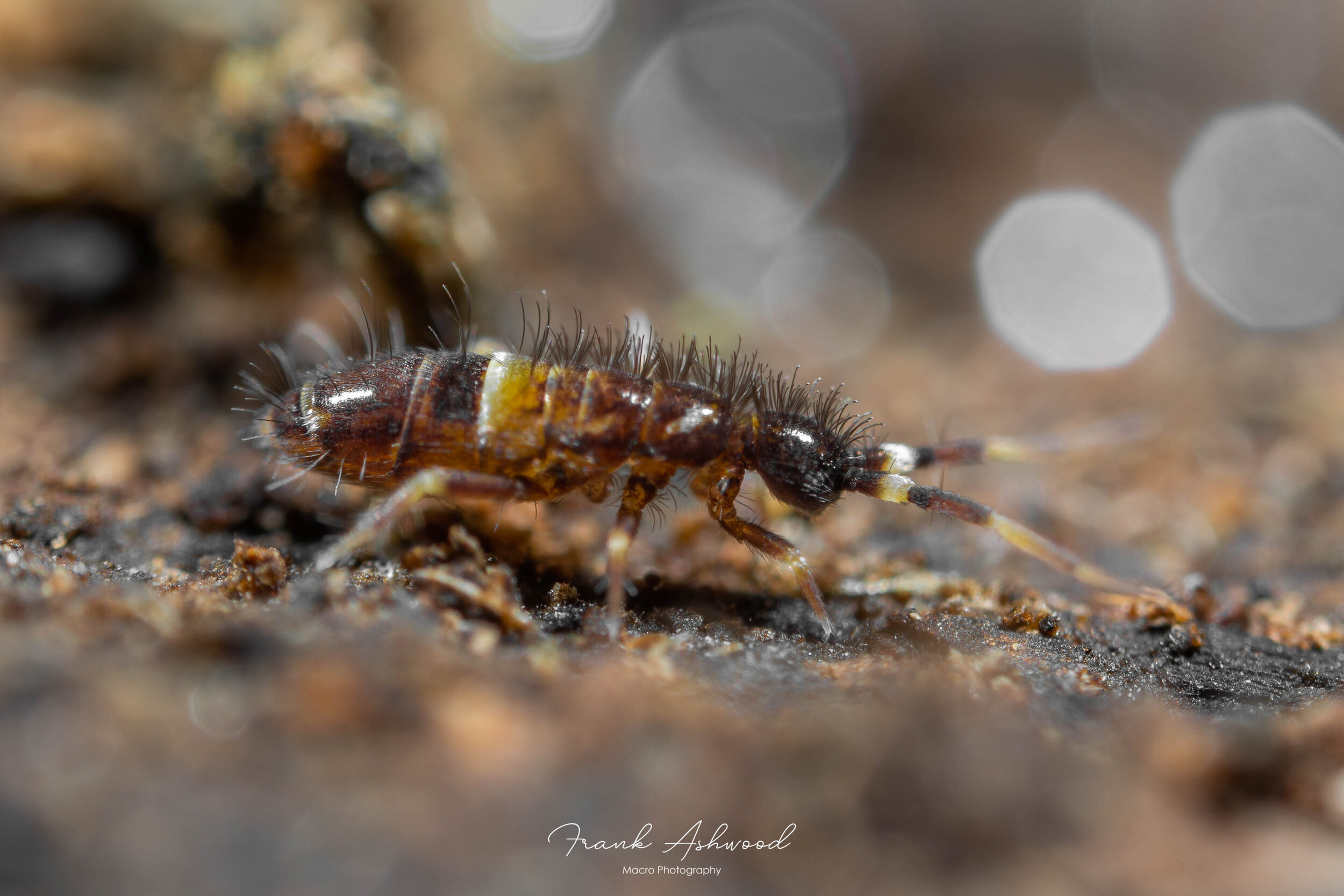
Orchesella cincta
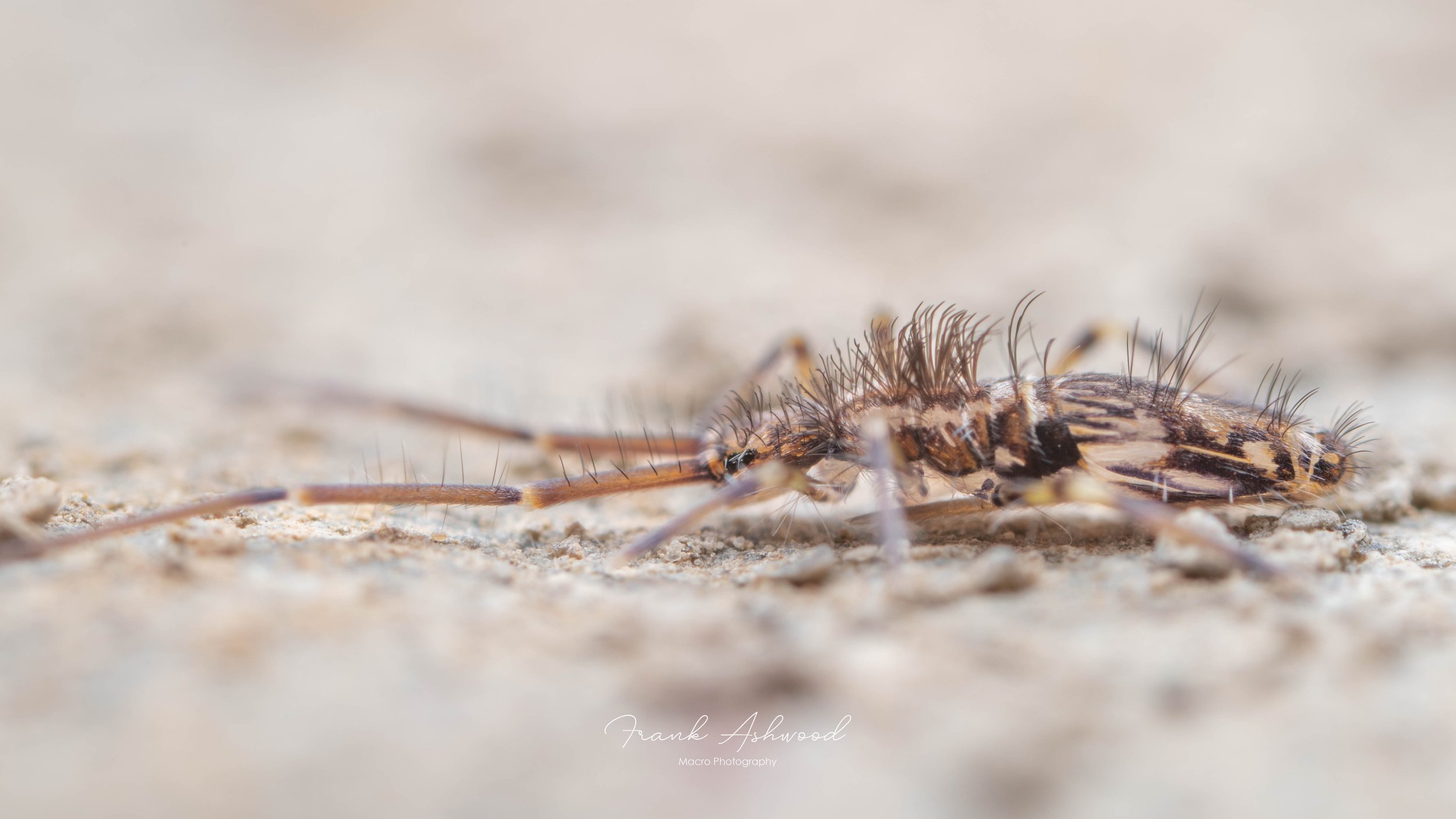
Urewera sp.
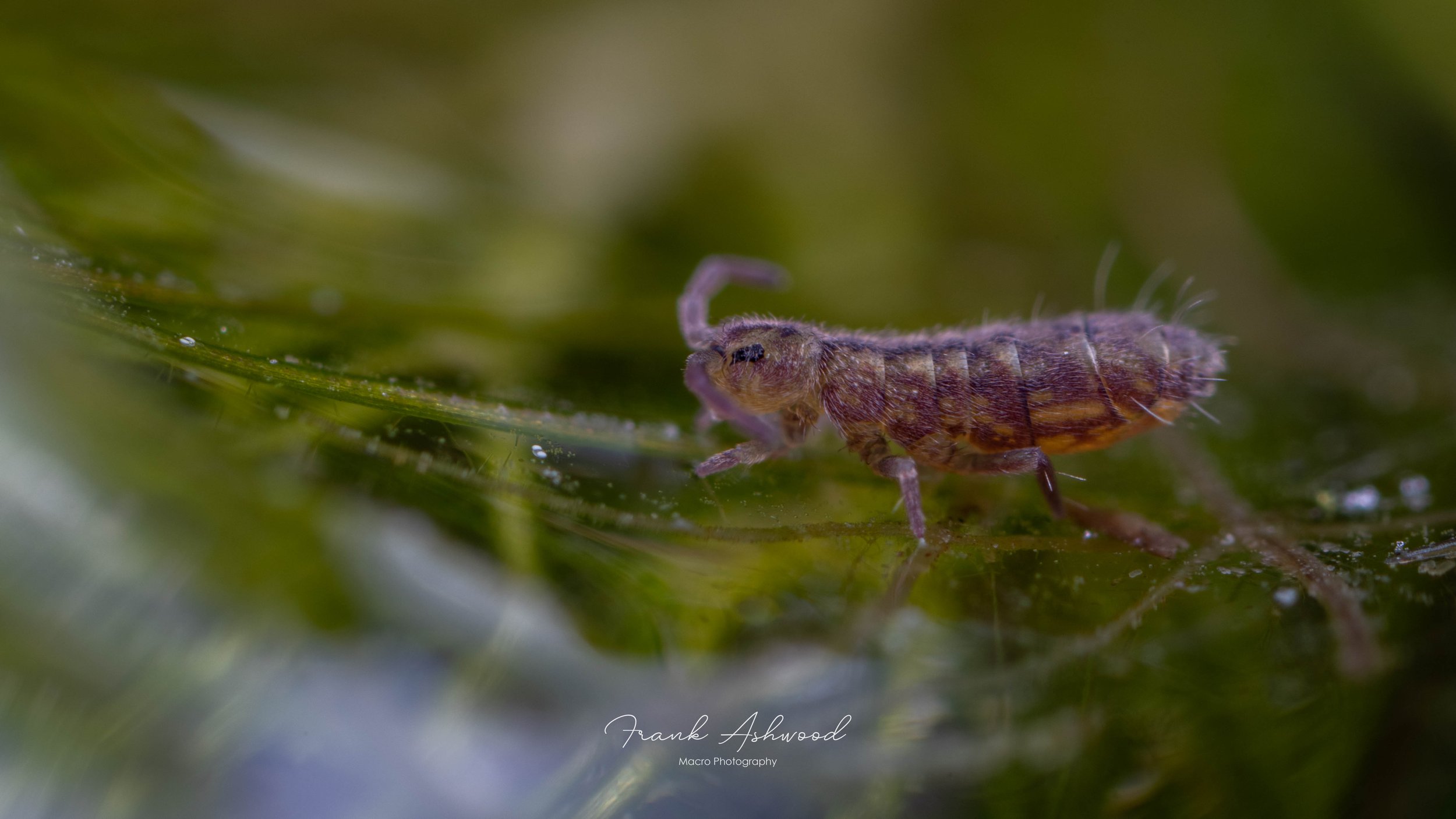
Isotomurus palustris

Isotomurus palustris (nymph)


Lepidocyrtus sp. with water droplets

Orchesella villosa

Isotomid springtail freshly moulted

Entomobrya nivalis

Lepidocyrtus sp.
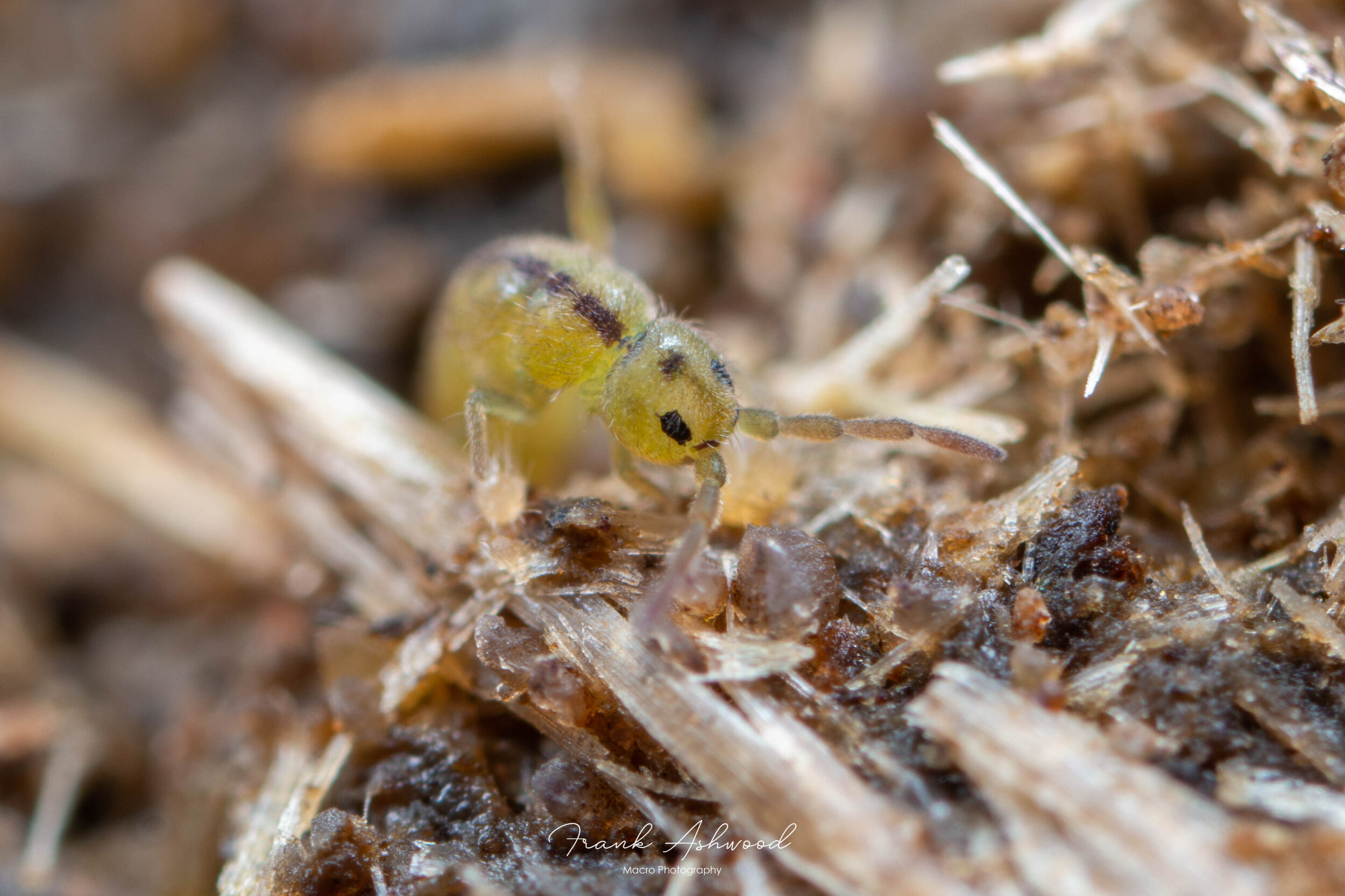
Isotomurus palustris
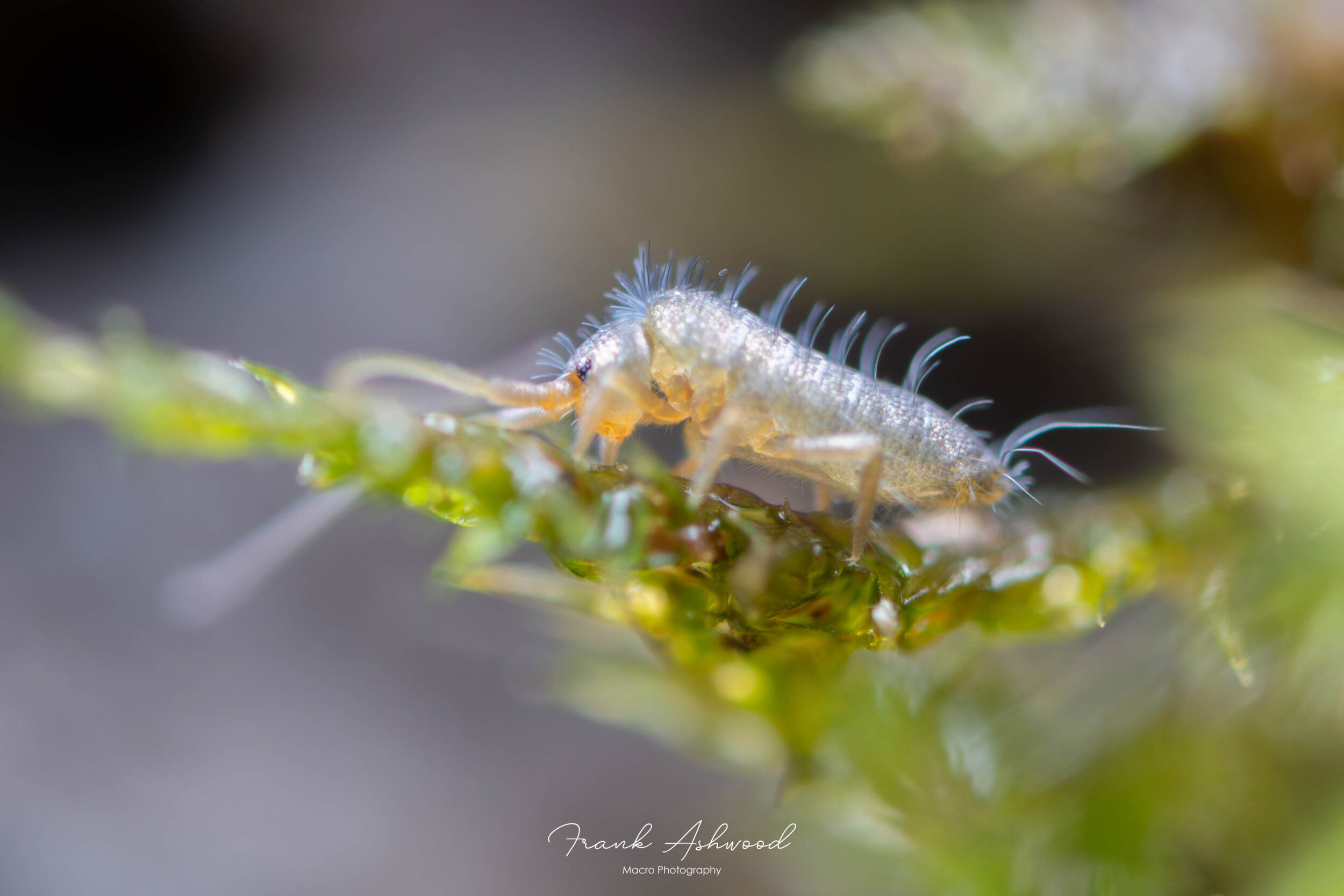
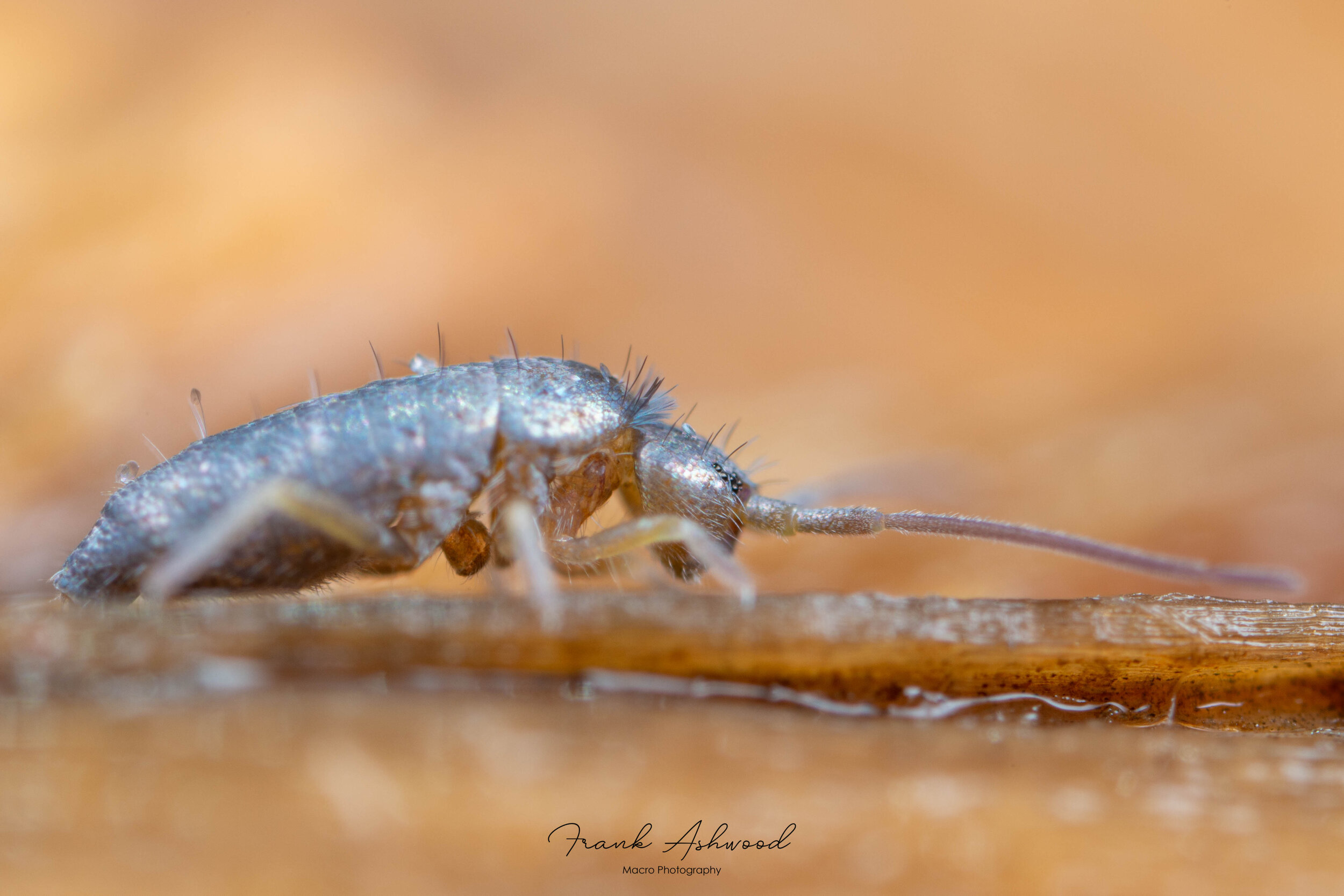
Tomocerus sp.

Tomocerus sp. preparing to moult (note yellow cuticle with missing scales)

Lepidocyrtus sp. with water droplets
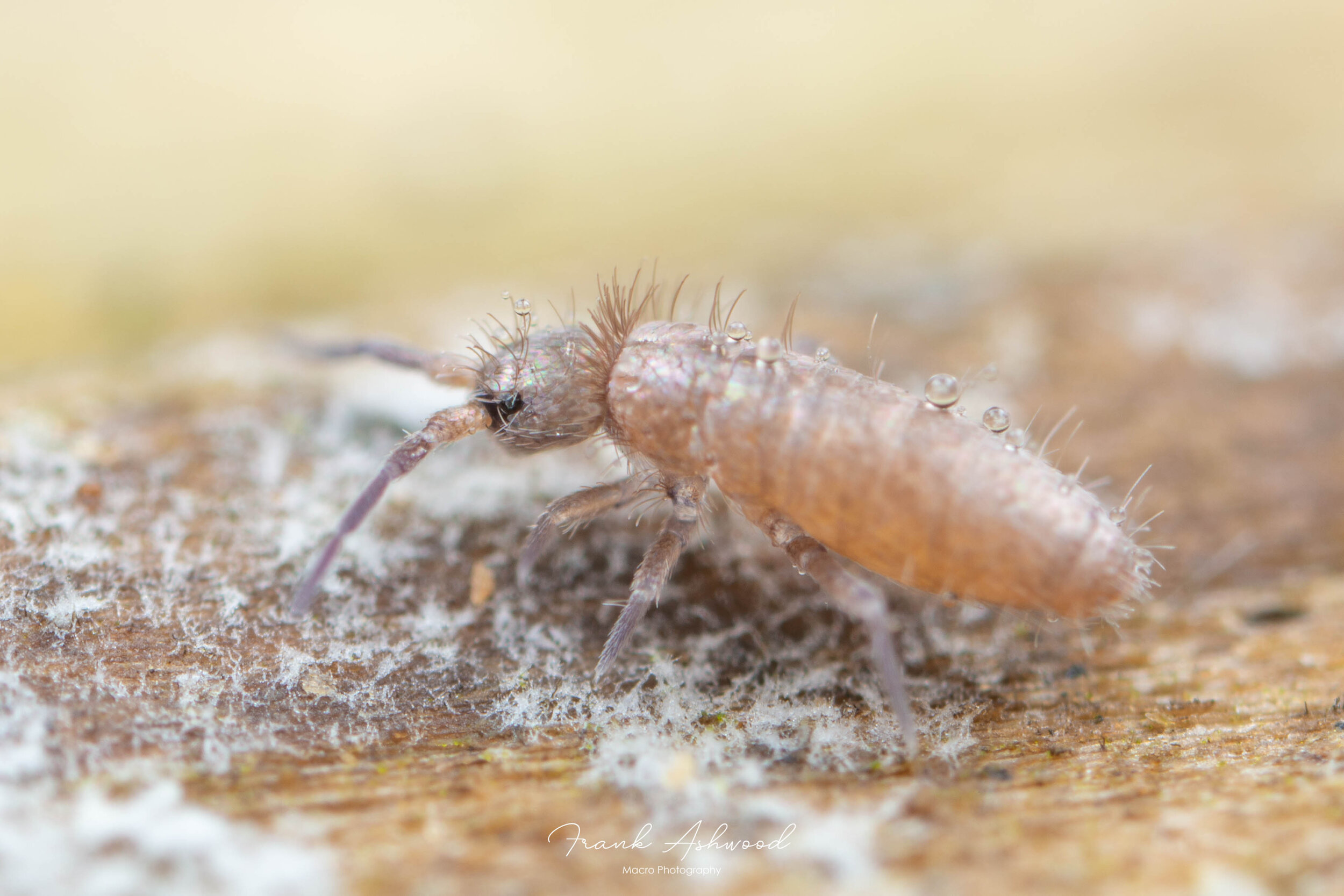

Tomocerus sp.

Orchesella villosa
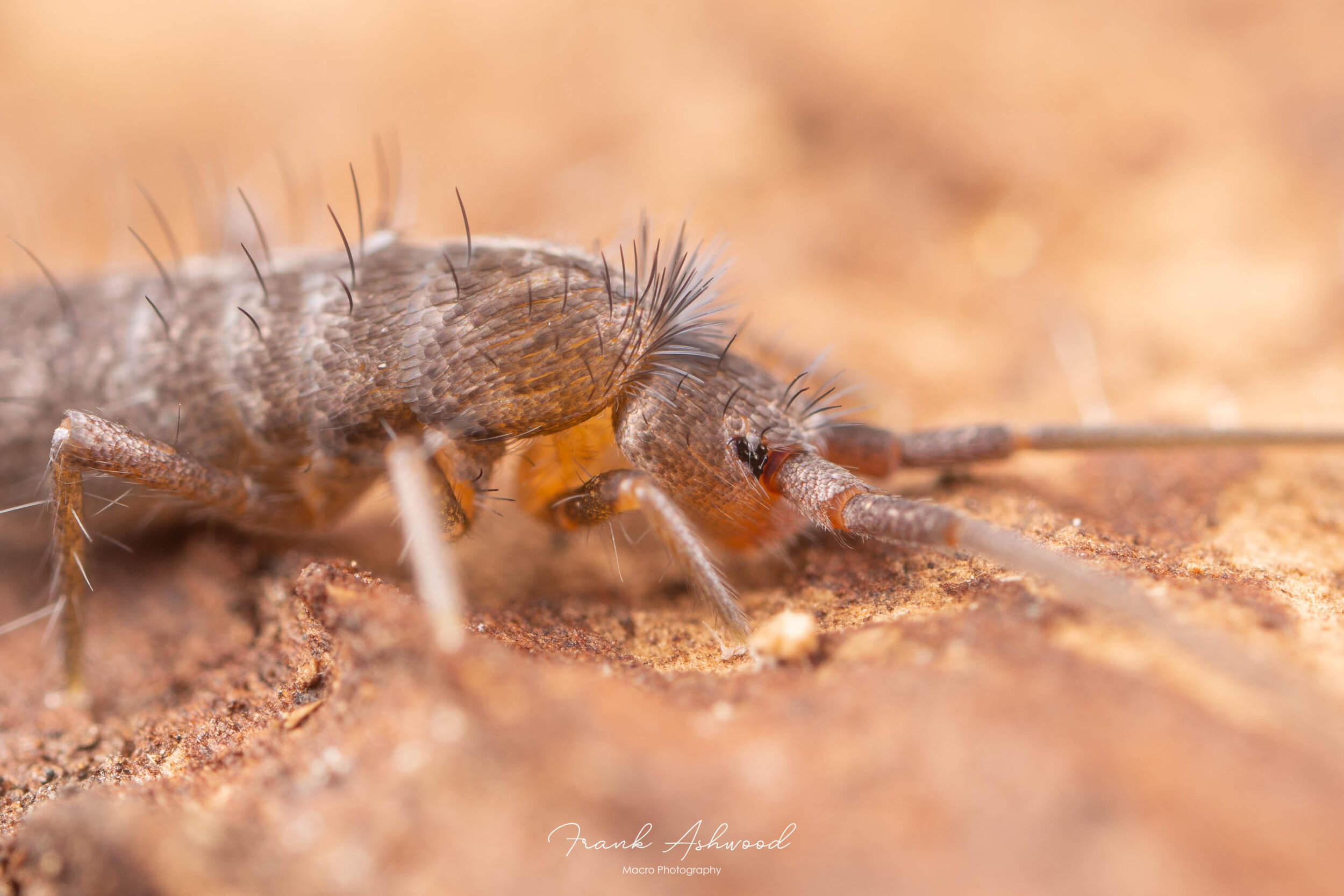
Tomocerus sp.
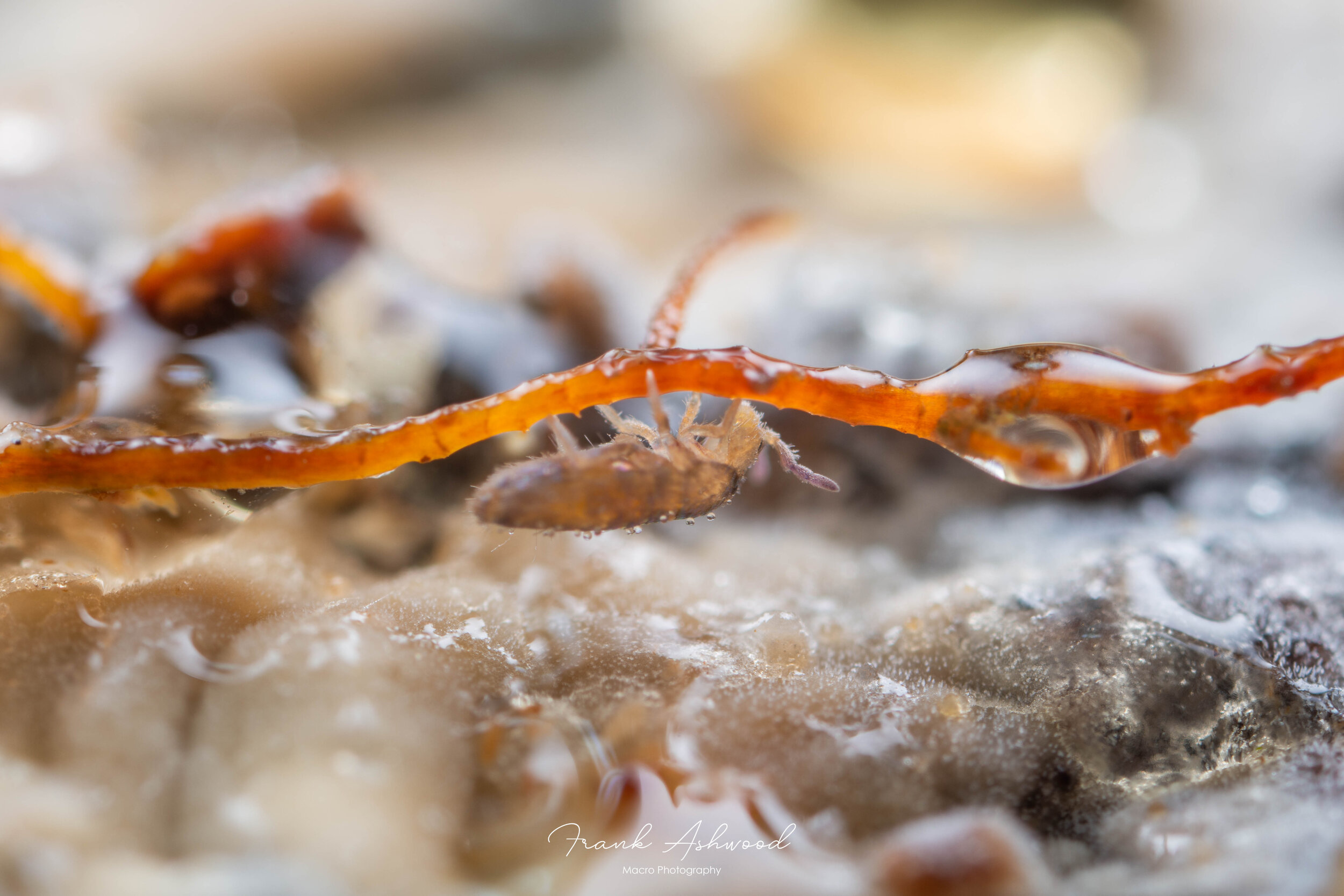
Lepidocyrtus sp.

Entomobrya albocincta


Lepidocyrtus sp.


Tomocerus sp.
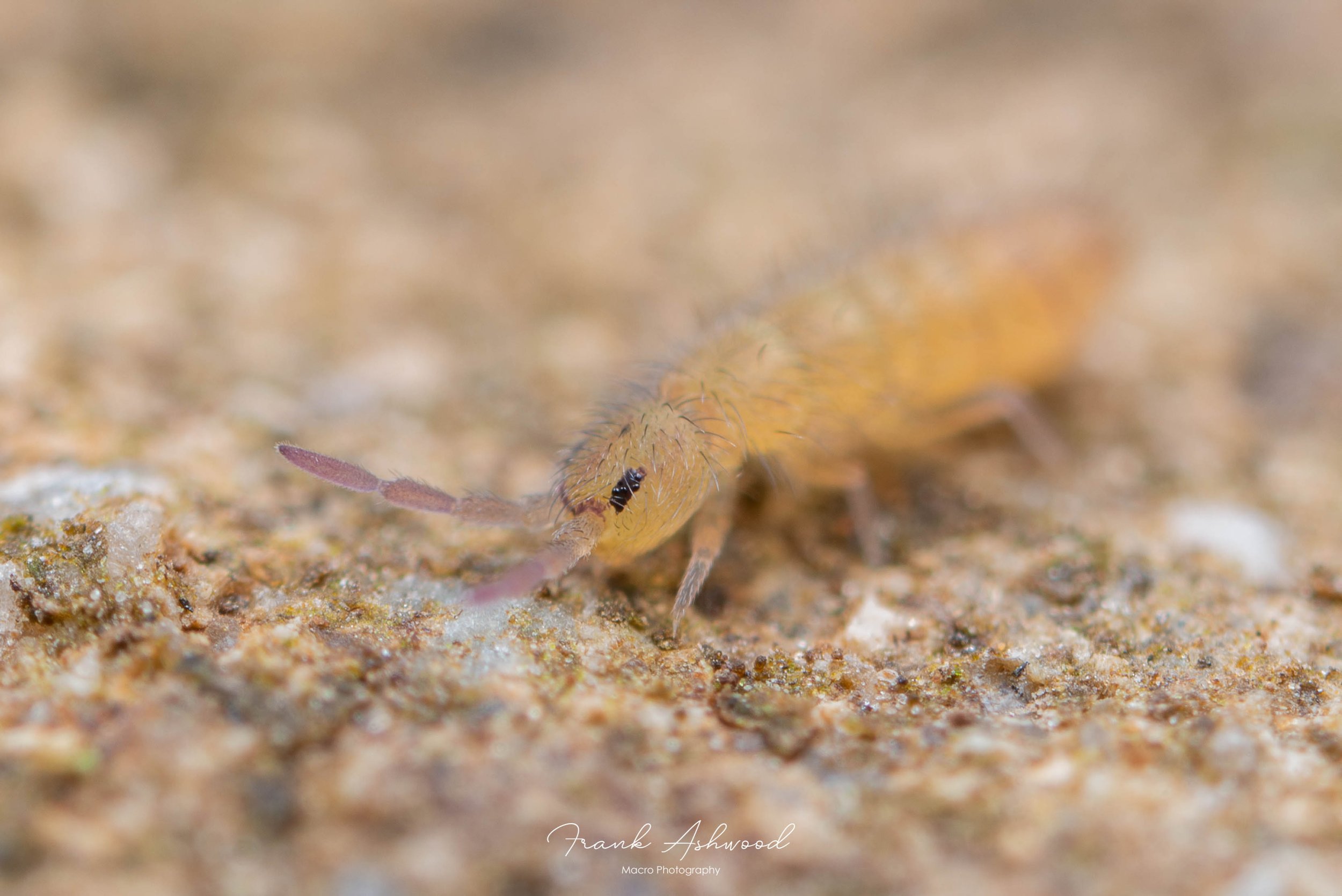

Entomobrya nivalis
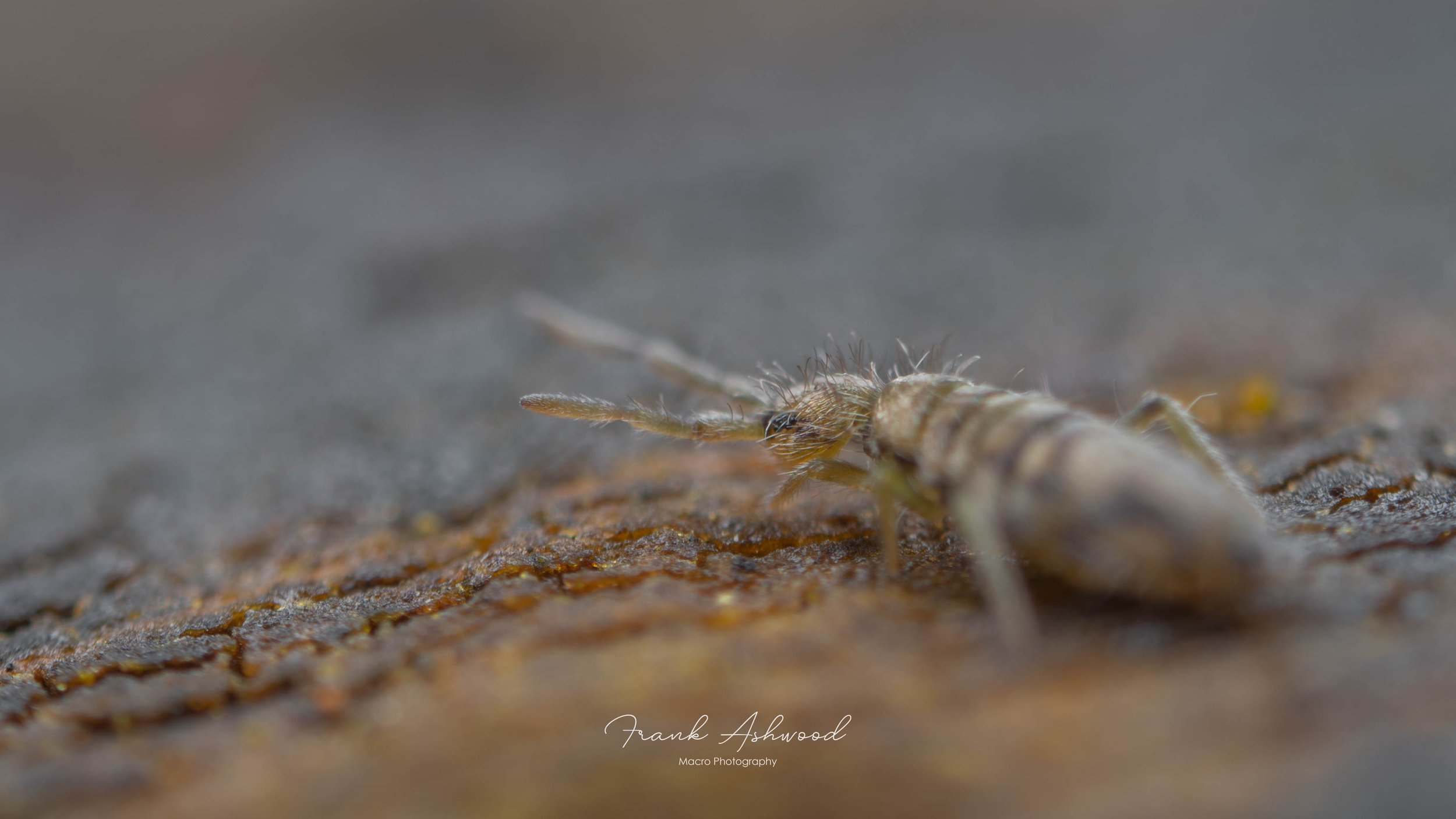

Tomocerus sp.
‘Podgy’ Springtails (Poduromorpha)
It’s very difficult not to find something endearing about the slow-moving and rather cumbersome little Poduromorpha. They tend to be soil and litter-dwelling, however some species put their amazingly hydrophobic (water-repelling) cuticles to work and live on the surface of slow-moving bodies of water. Some species have lost their springing organ completely, and some have developed rather curious anal spines. The soil-living ones can be a bit nondescript - smooth, podgy, white little bleps (I find the Poduromorpha the hardest springtails to identify to species), however there are many other characteristic species that have long, dense setae, ornate sculpturing and vivid pigmentation. If you’re very lucky, sometimes you’ll turn over a log or stone and find a big group of Poduromorphs who have congregated together en masse, following pheromone cues.
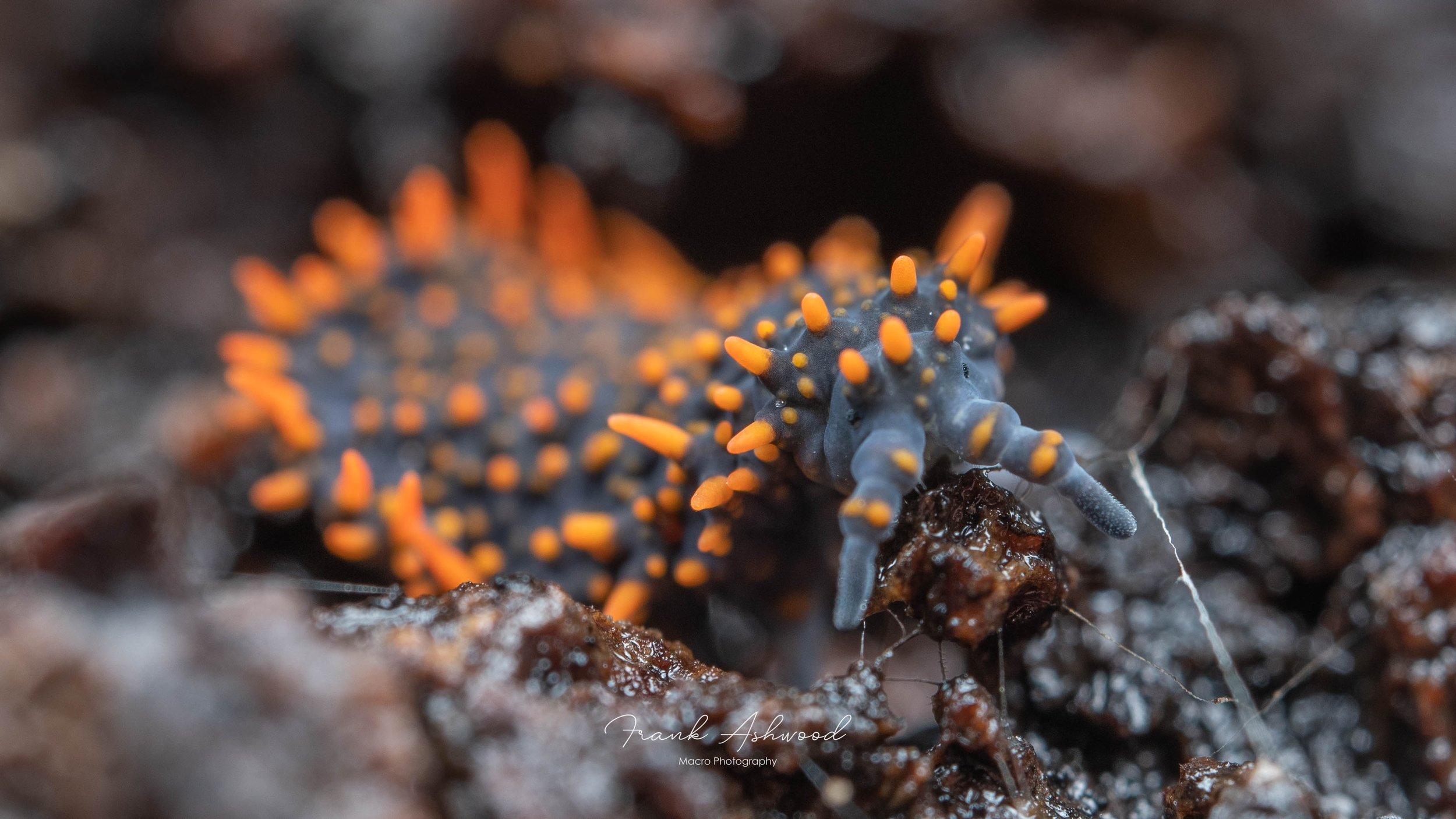
Holacanthella paucispinosa
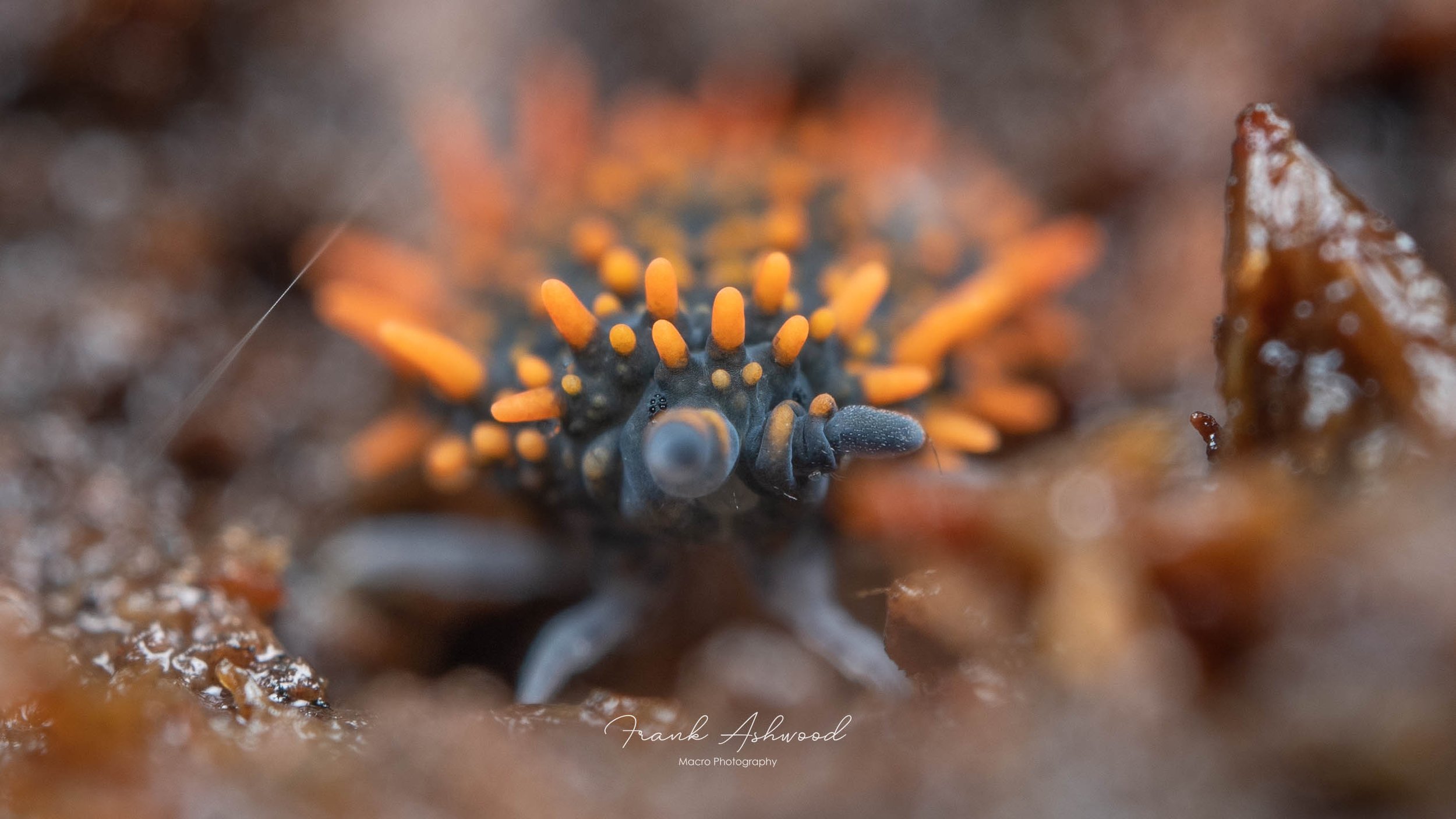
Holacanthella paucispinosa

Holacanthella duospinosa
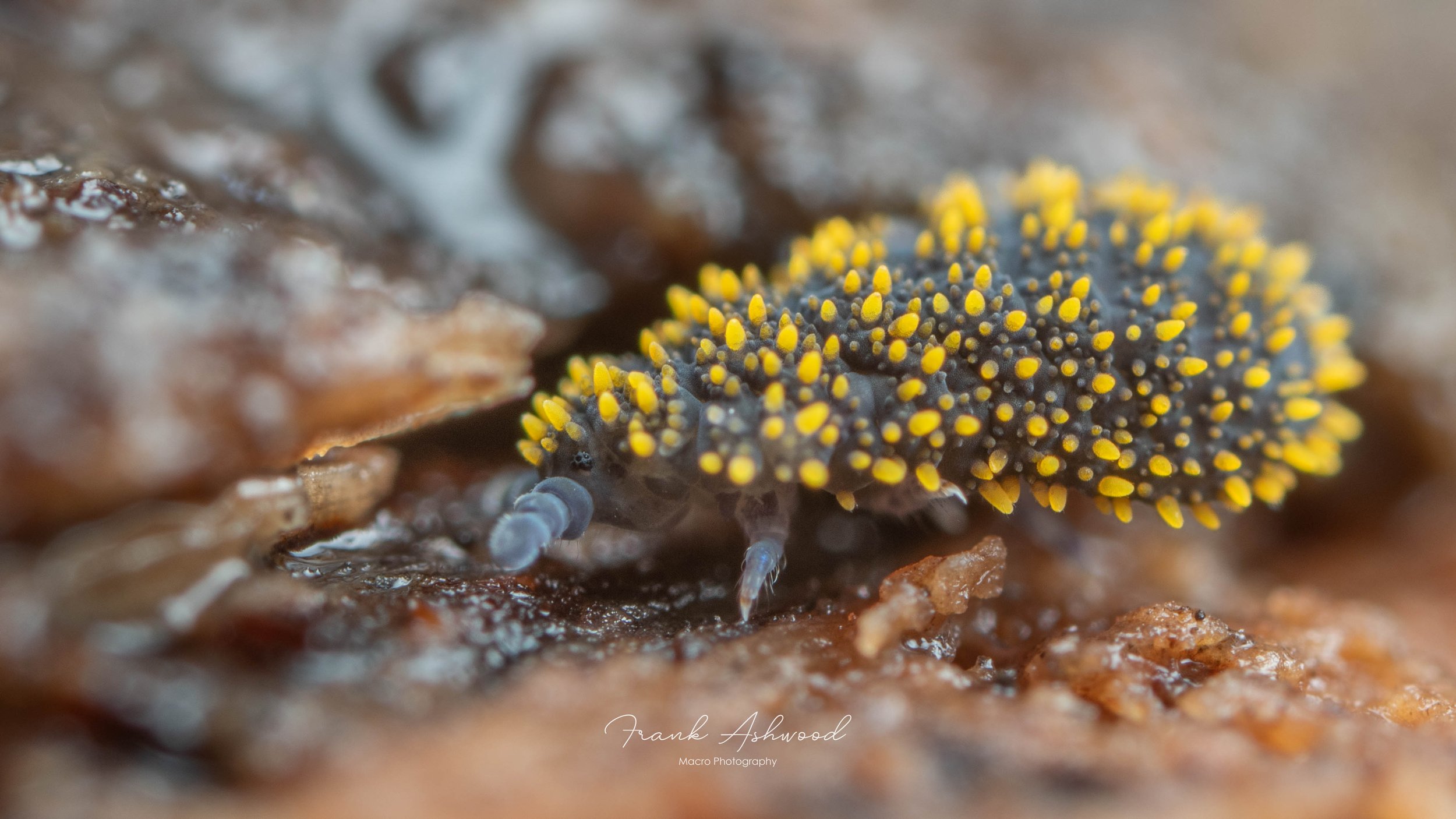
Holacanthella spinosa
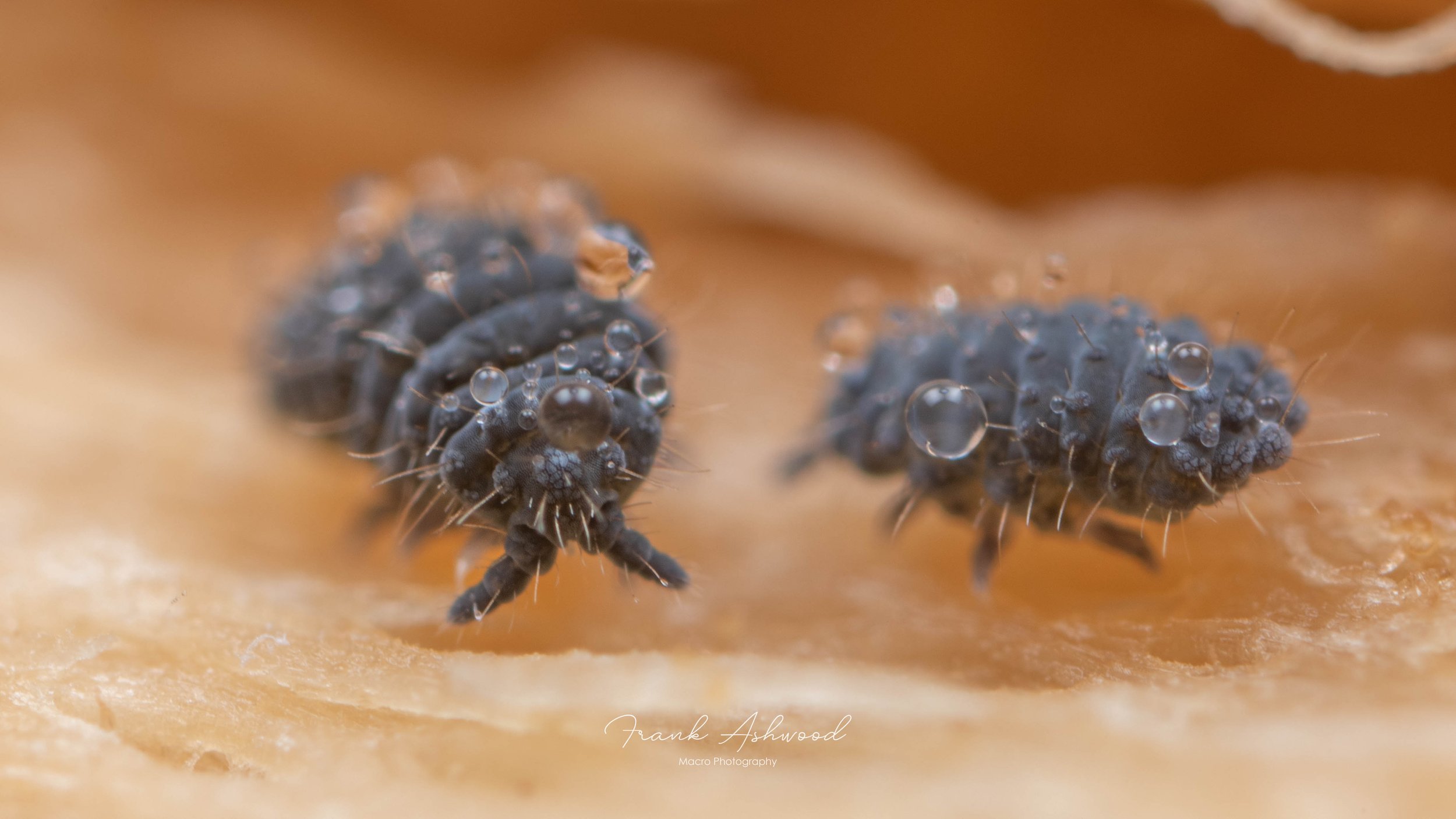
Neanura muscorum
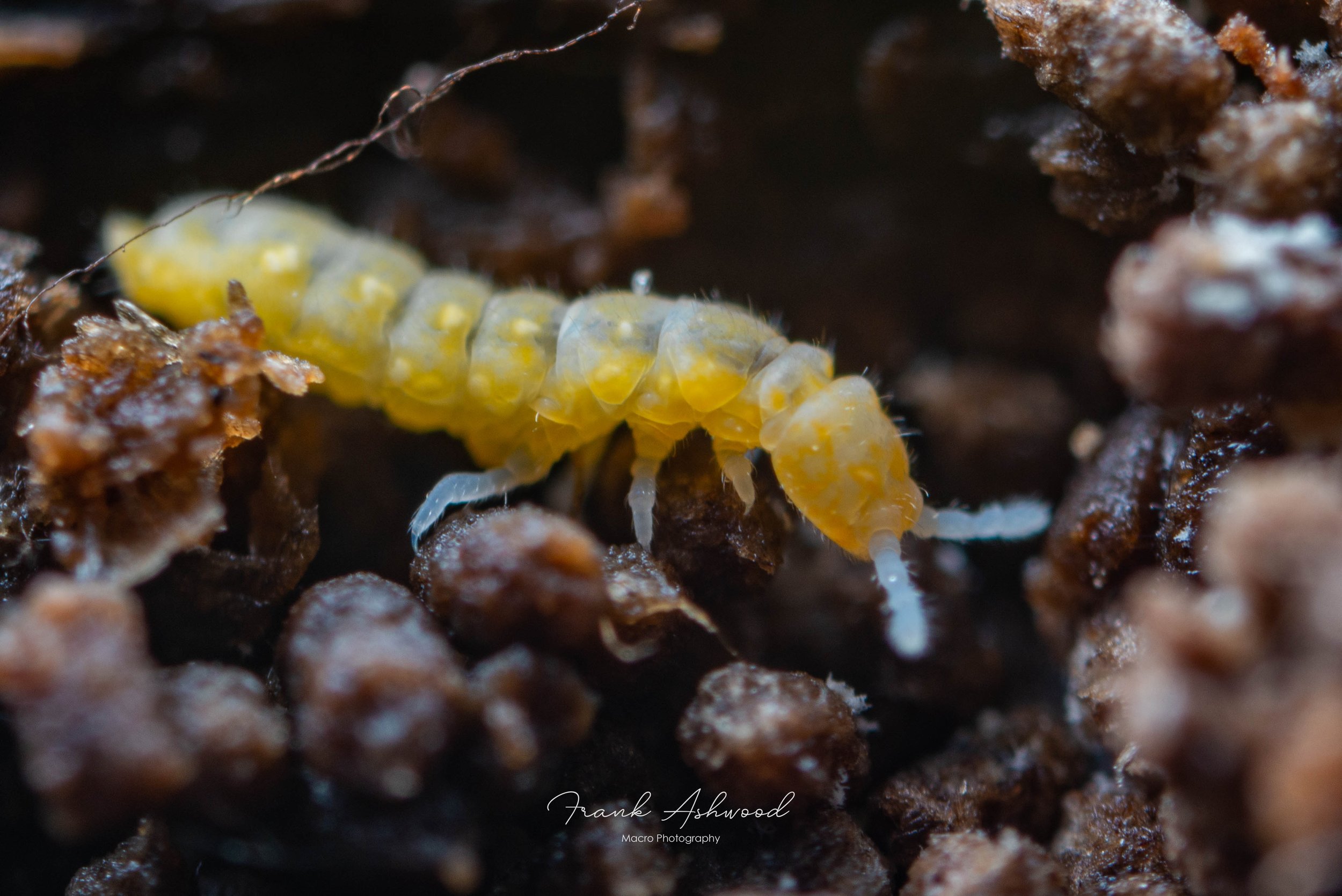
Protaphorura aurantiaca

Kalaphorura burmeisteri

Tricanthella sp. swarm

Monobella grassei with water droplet and phoretic nematode
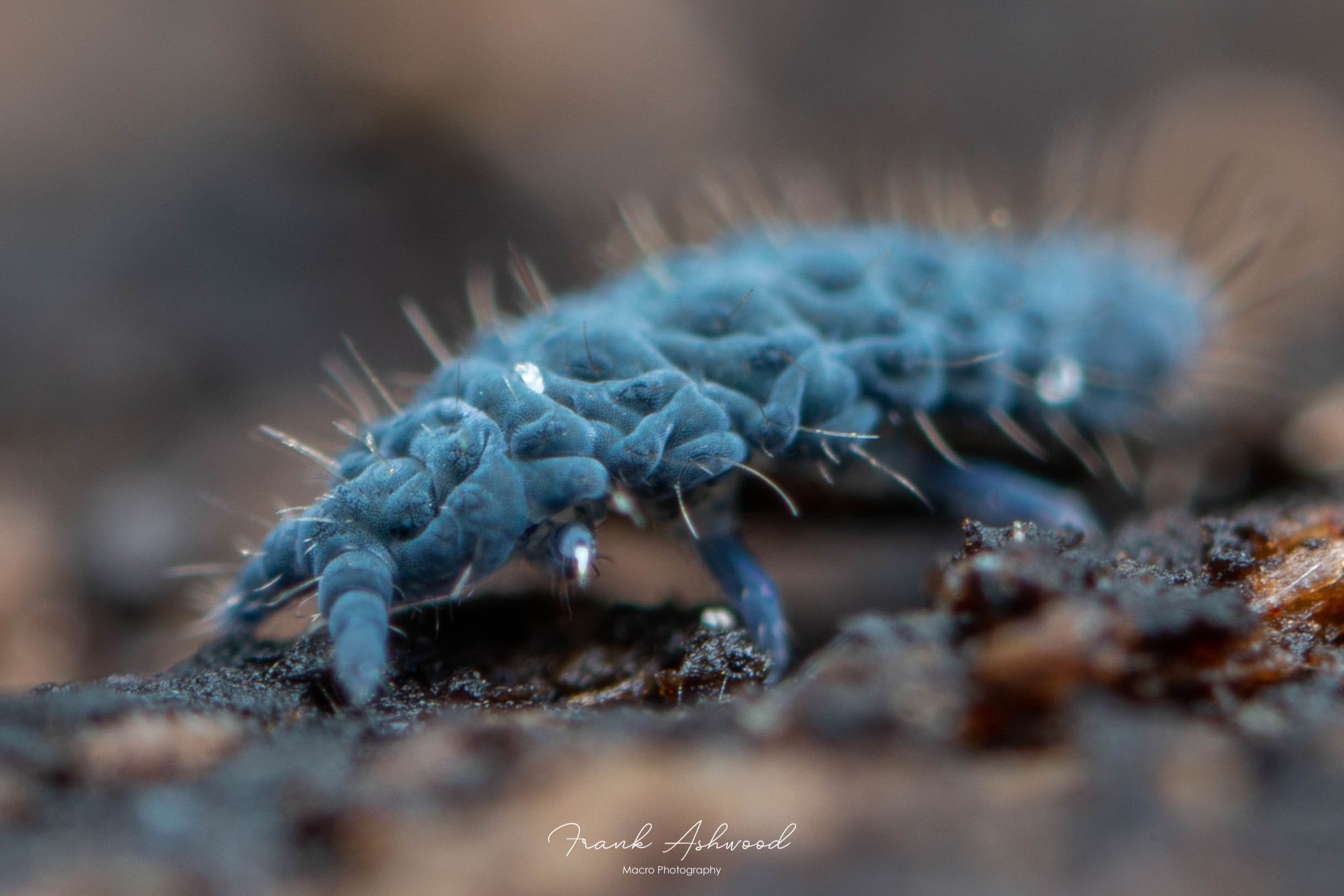
Neanura muscorum
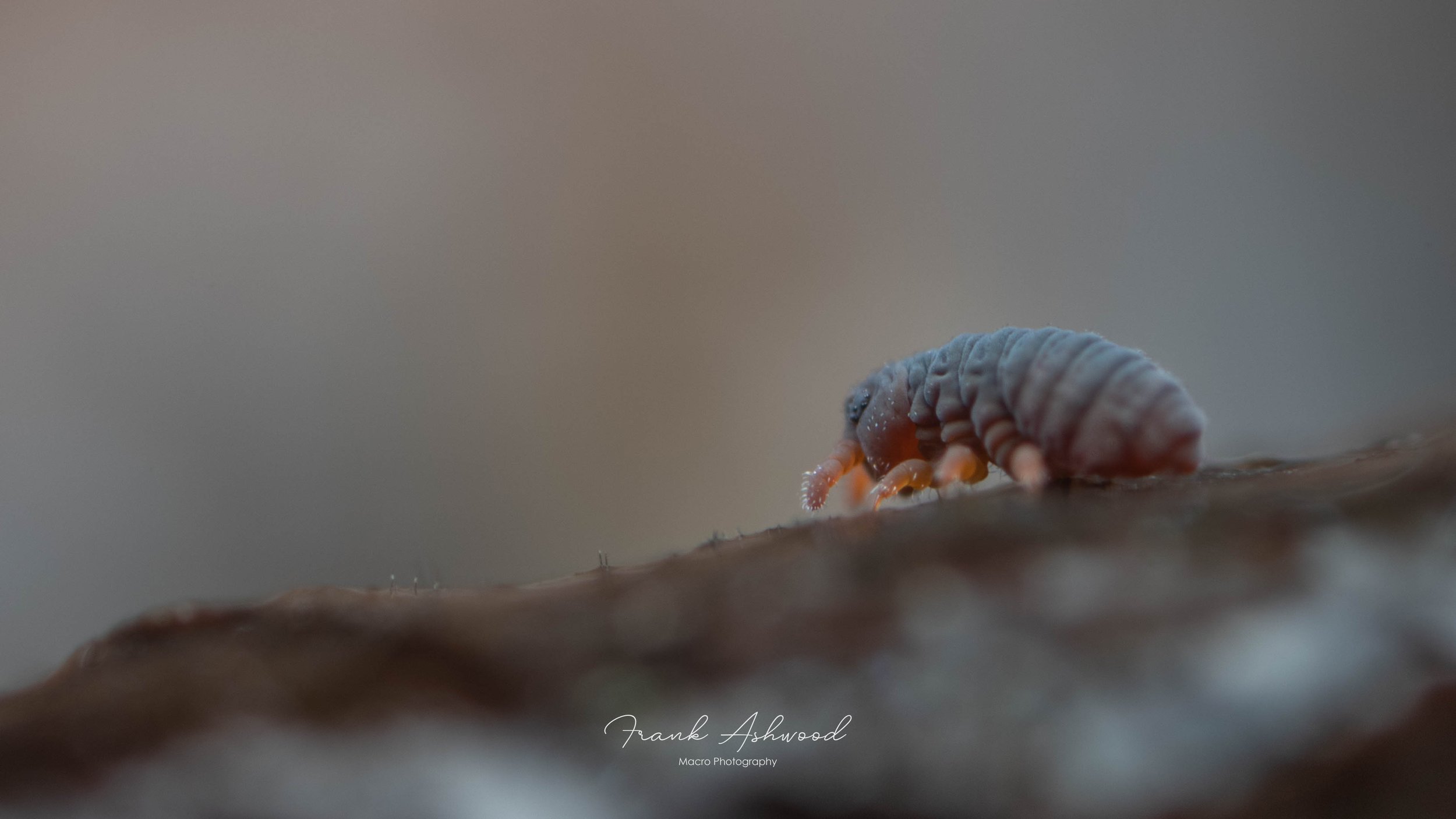
Podura aquatica

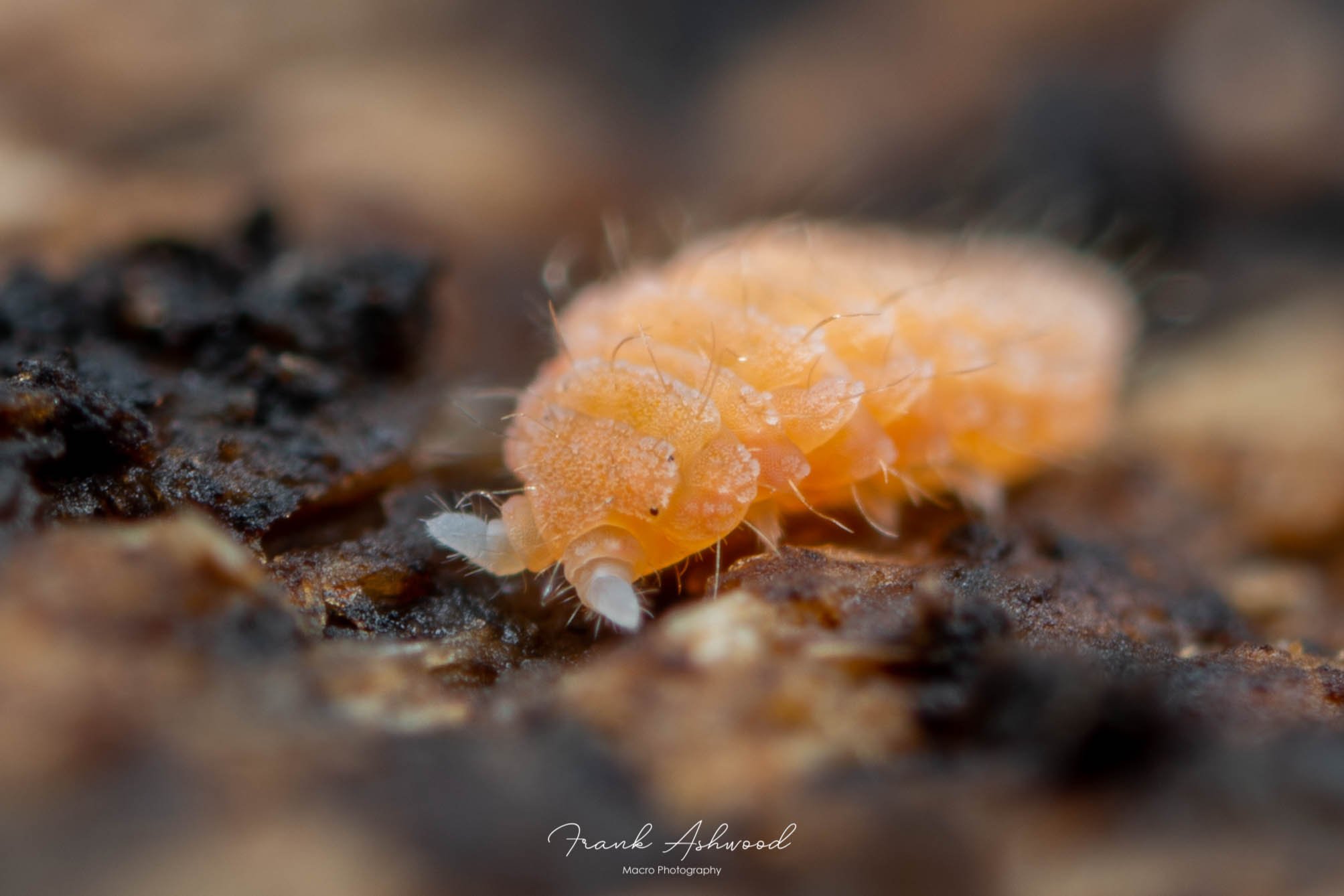
Monobella grassei

Onychiurid springtail

Onychiurid springtail with visible pseudocelli

Juvenile Monobella grassei
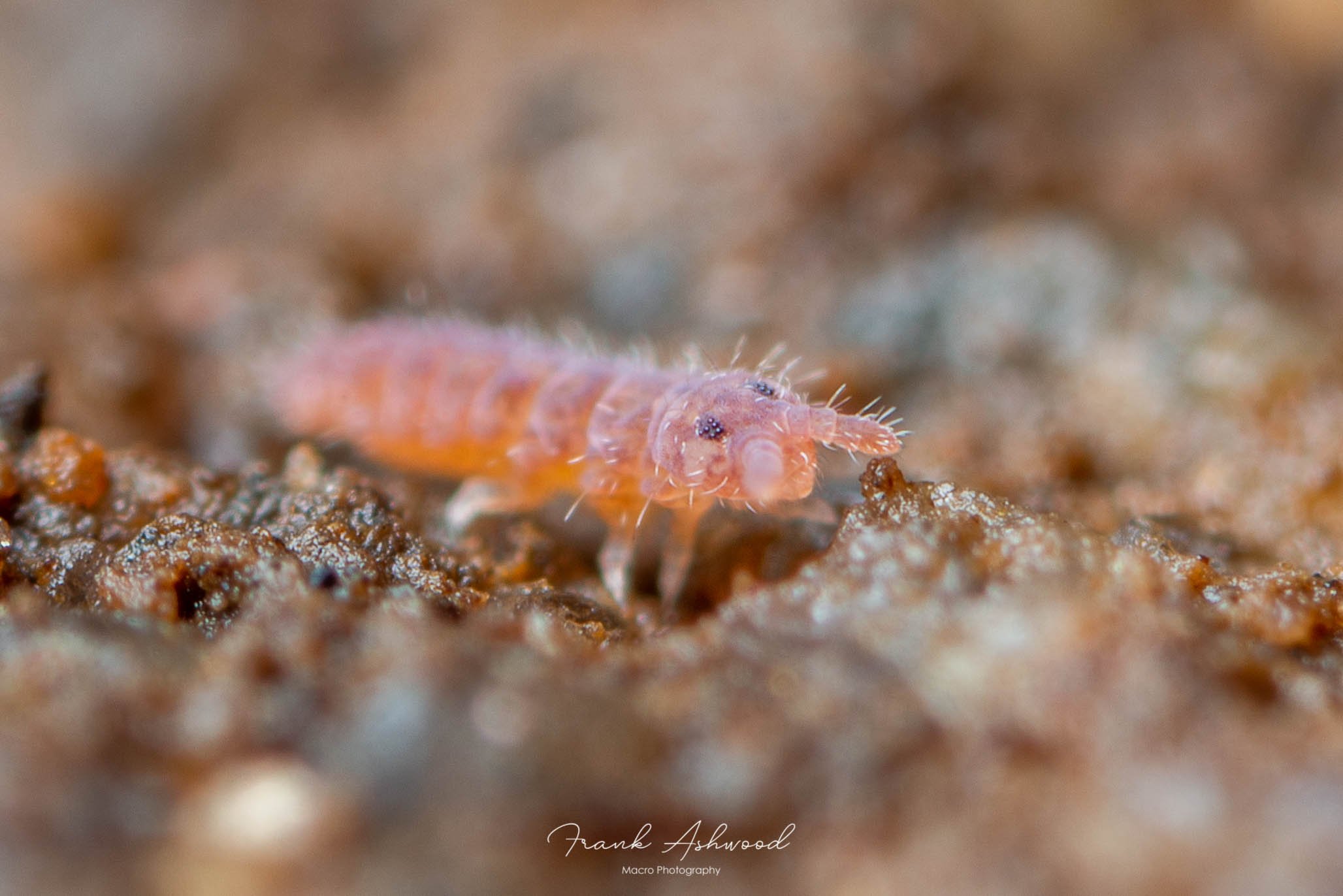
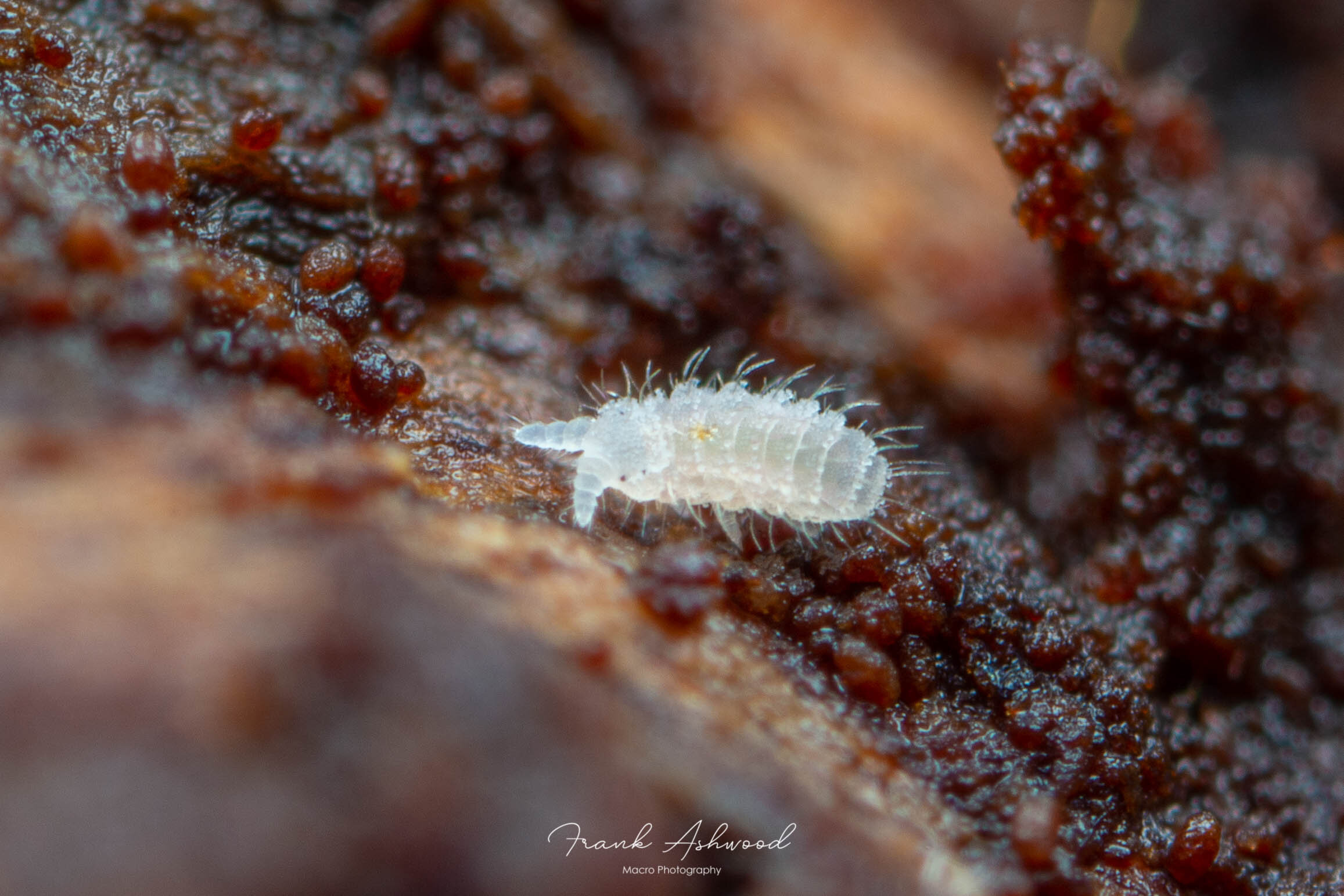
Juvenile Monobella grassei

Neanura muscorum juvenile walking past microplastic

Monobella grassei
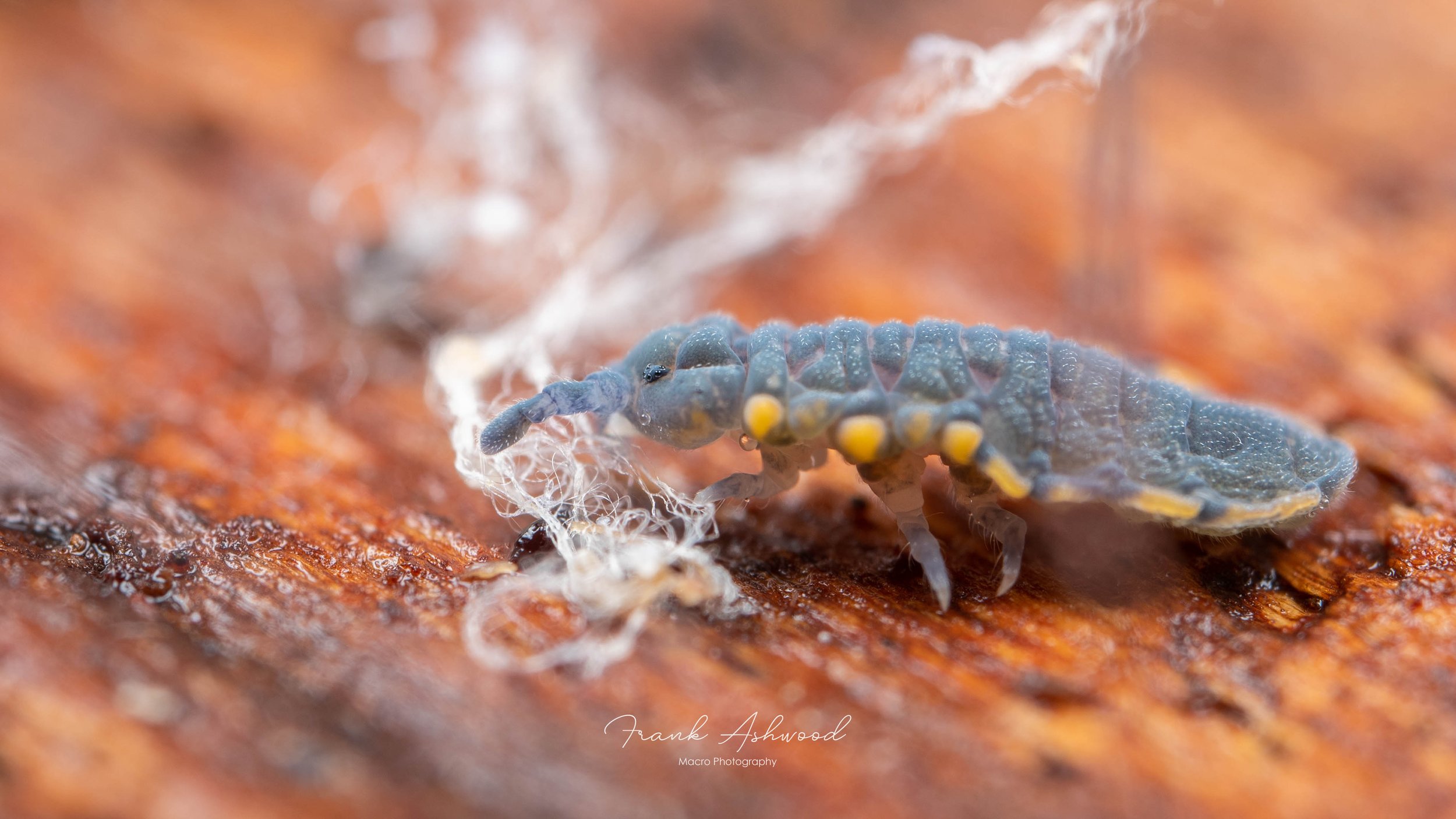
Platanurida sp. (Boyle RIver, NZ)
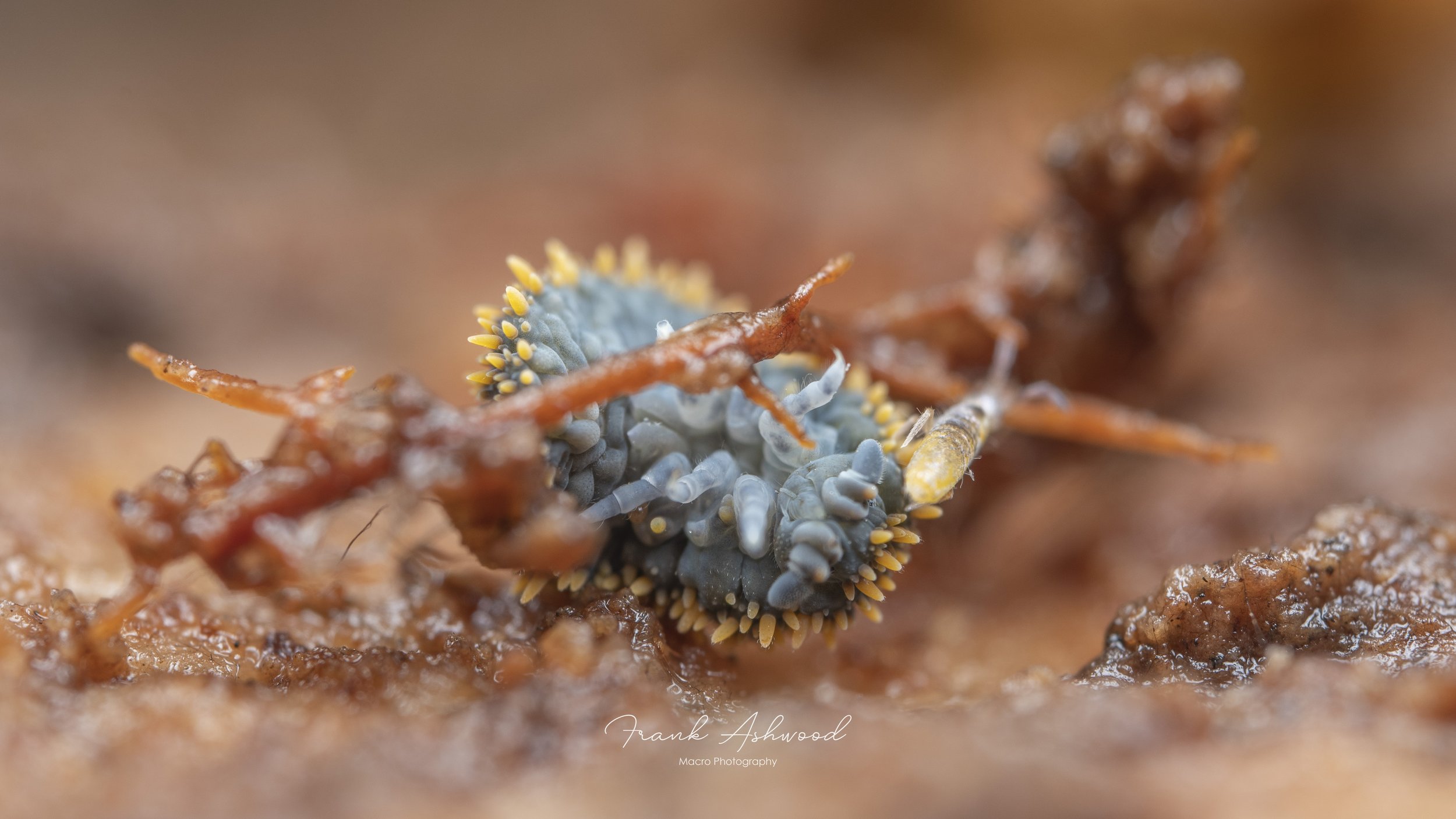
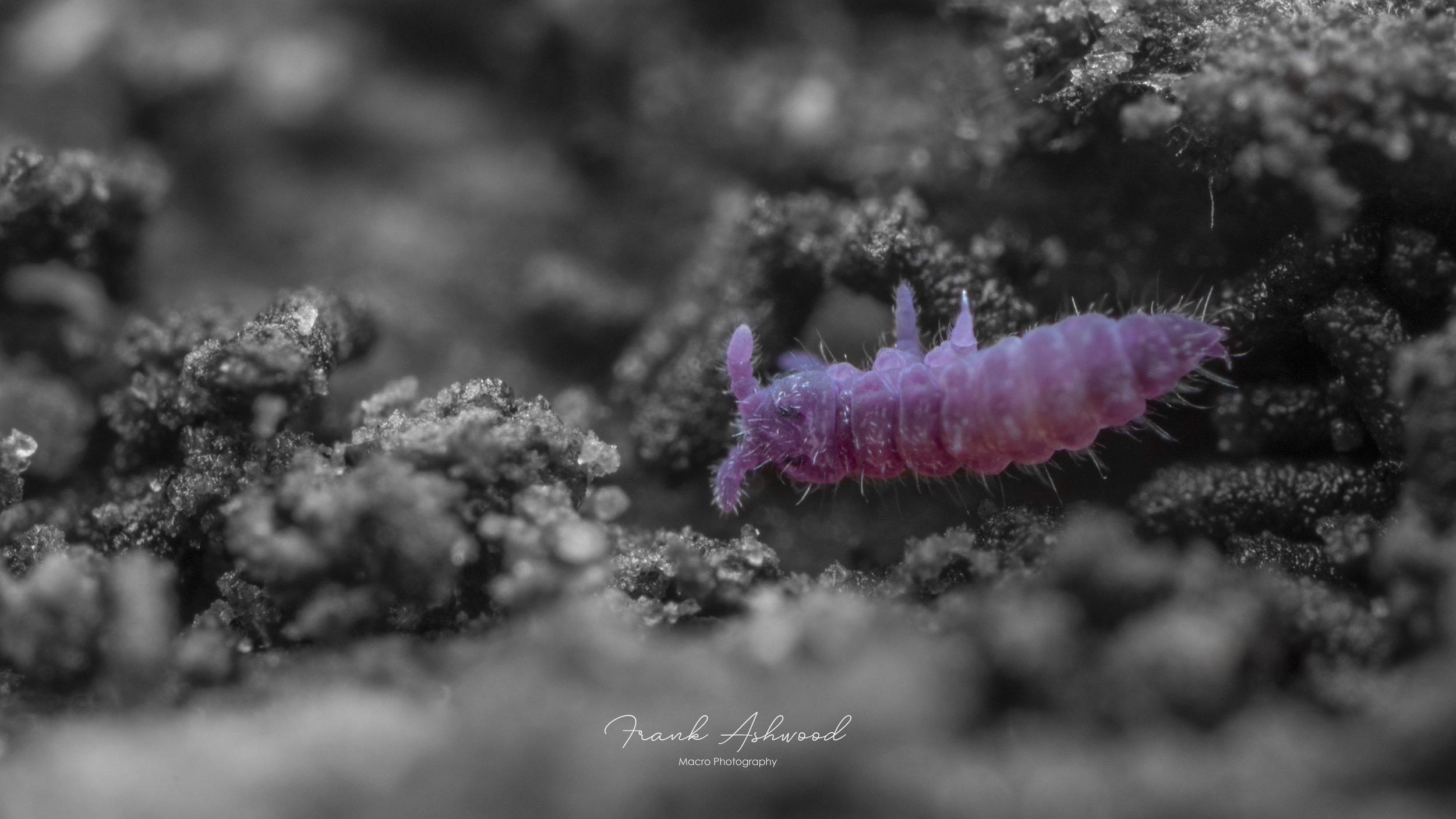
Tricanthella sp.
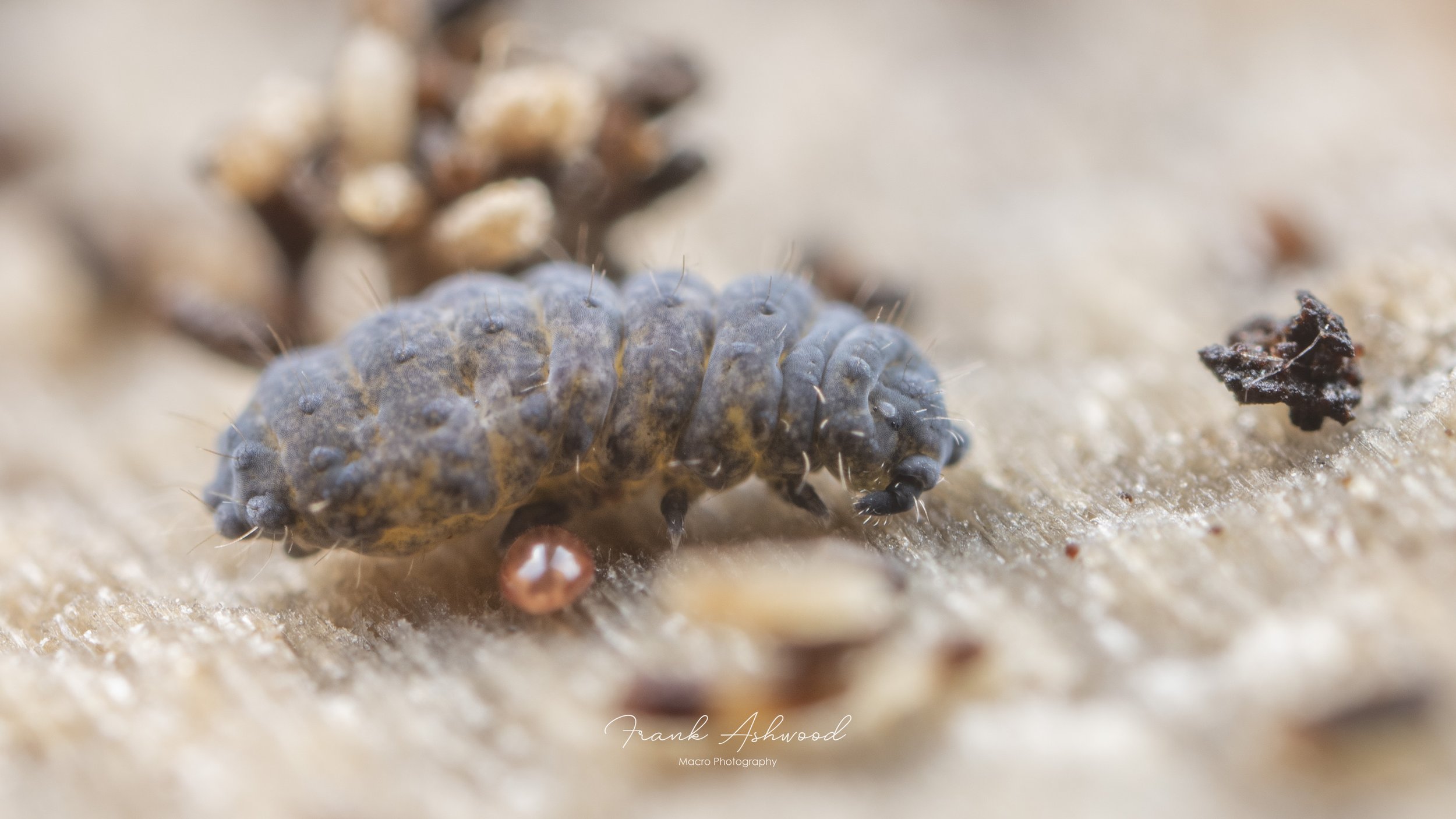
Neanura muscorum
‘Hunched’ Springtails (Neelipleona)
Okay, so I just made up the ‘hunched’ common name - as far as I can tell this Order doesn’t have a casual moniker like the rest do. But they’re no less distinctive than the others, and in fact I think they’re my favourite of all the springtails. The Neelipleona look a bit like the Symphypleona, except generally much smaller, unpigmented, blind and with a very ‘hunched’ appearance. In fact, the entomologist Stephen Hopkin (who literally wrote the book on UK springtails) once referred to the species Megalothorax minimus as “…walking along with a gait that reminds me of a tiny old man hunched in a baggy coat”. This order contains the smallest of the springtail species, and they’re generally soil or cave inhabitants (troglodytes), although decaying logs may yield a few too. Thanks to their diminutive stature, you’ll need to have a good loupe on you to spot these in the field - but it’s well worth taking the time to look!

Megalothorax incertus (New Zealand)
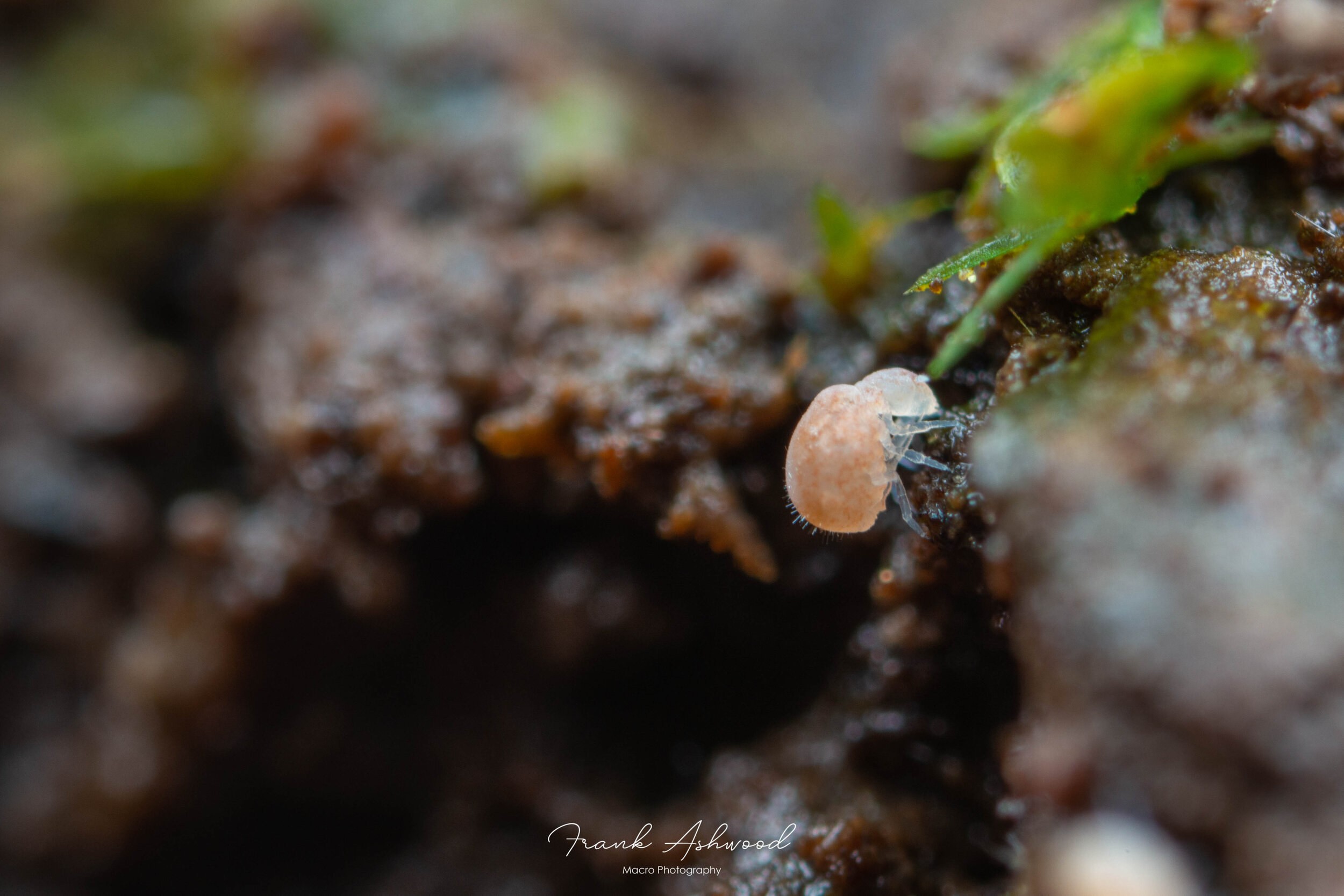
Neelus murinus

Neelus murinus
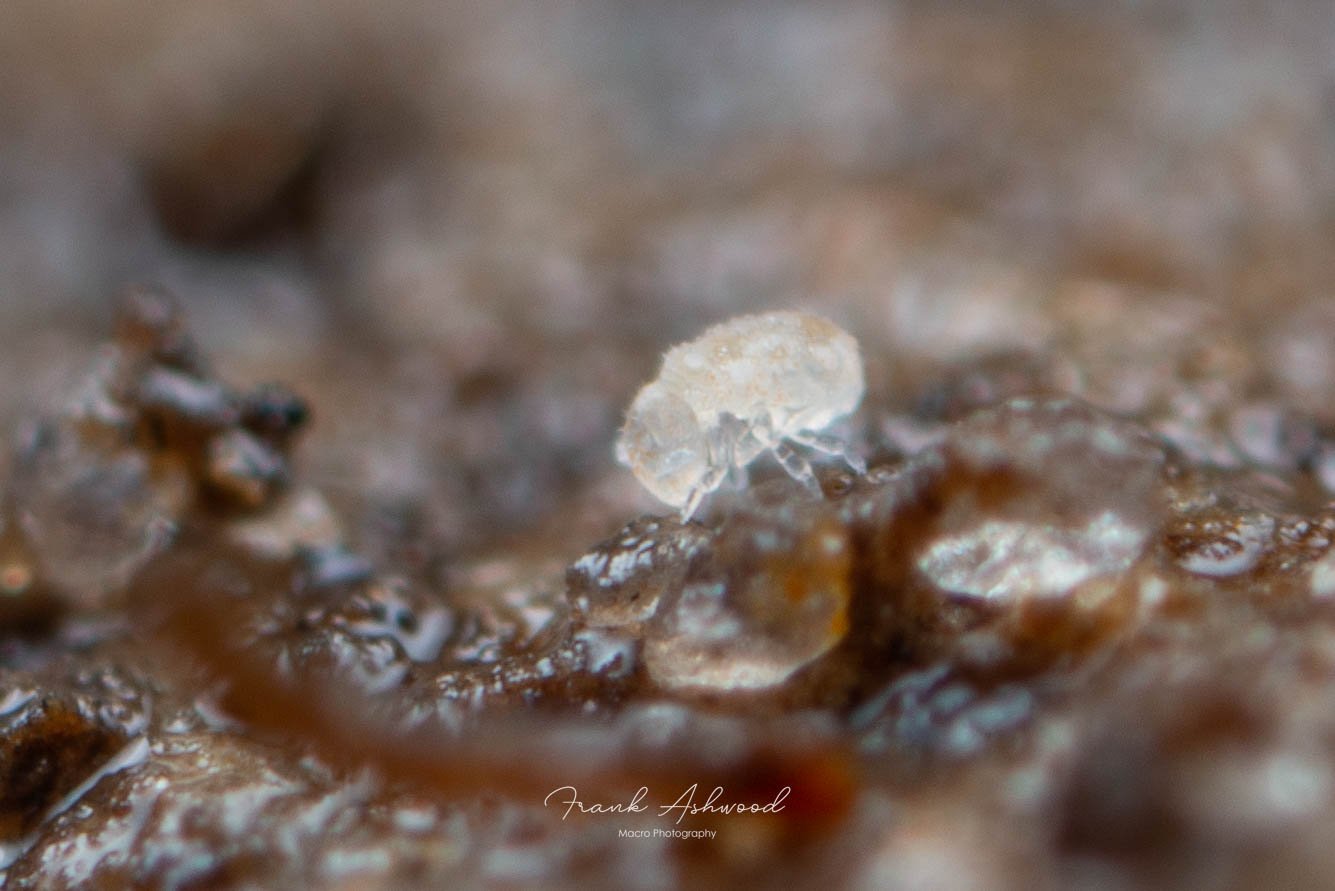
Megalothorax minimus
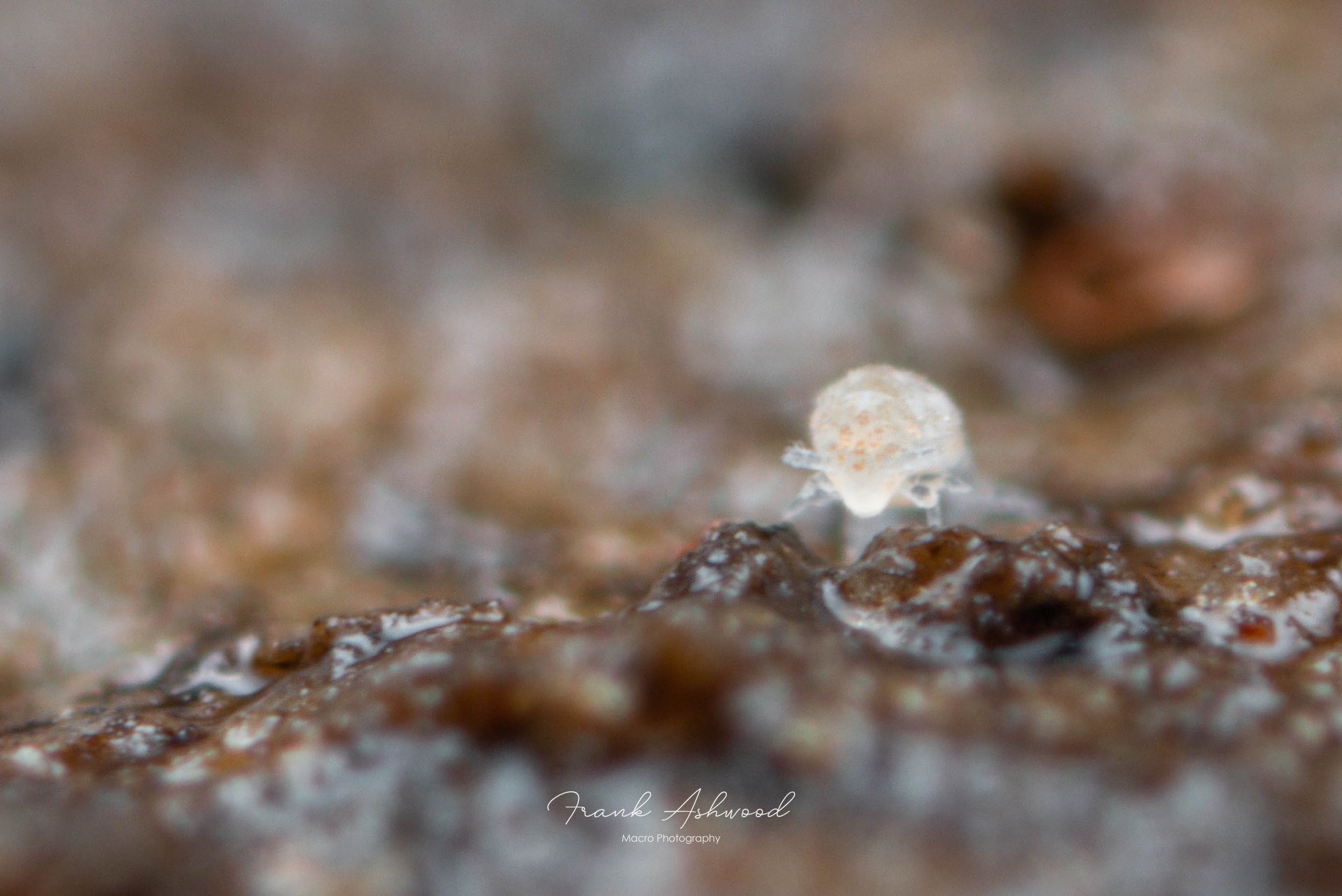
Megalothorax minimus